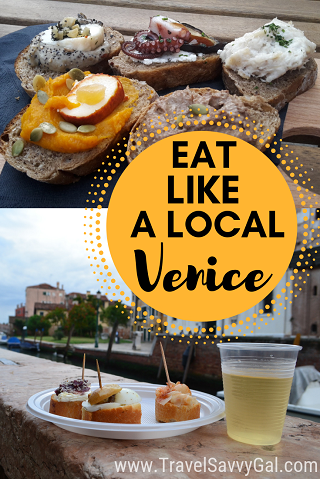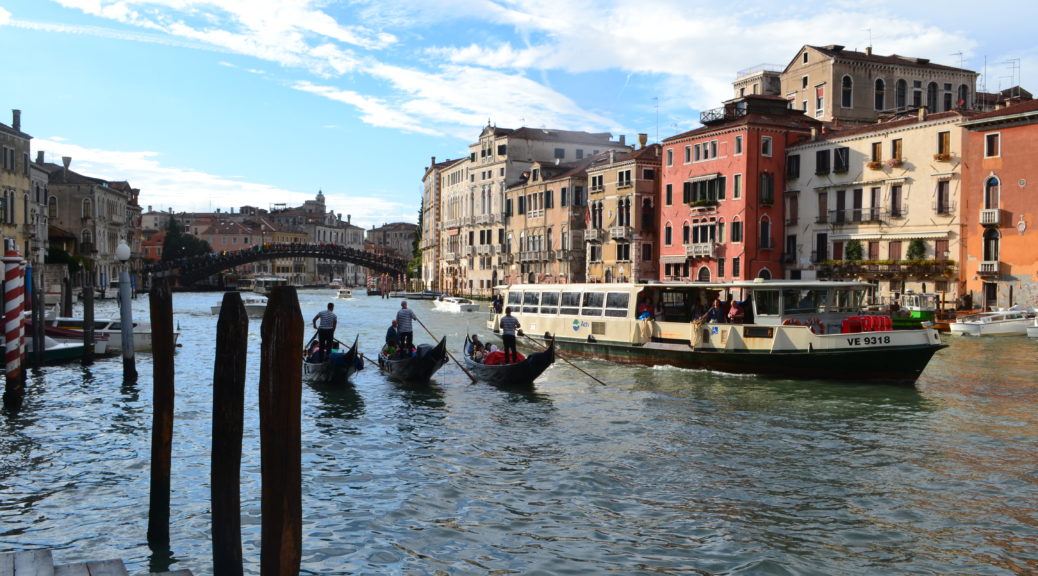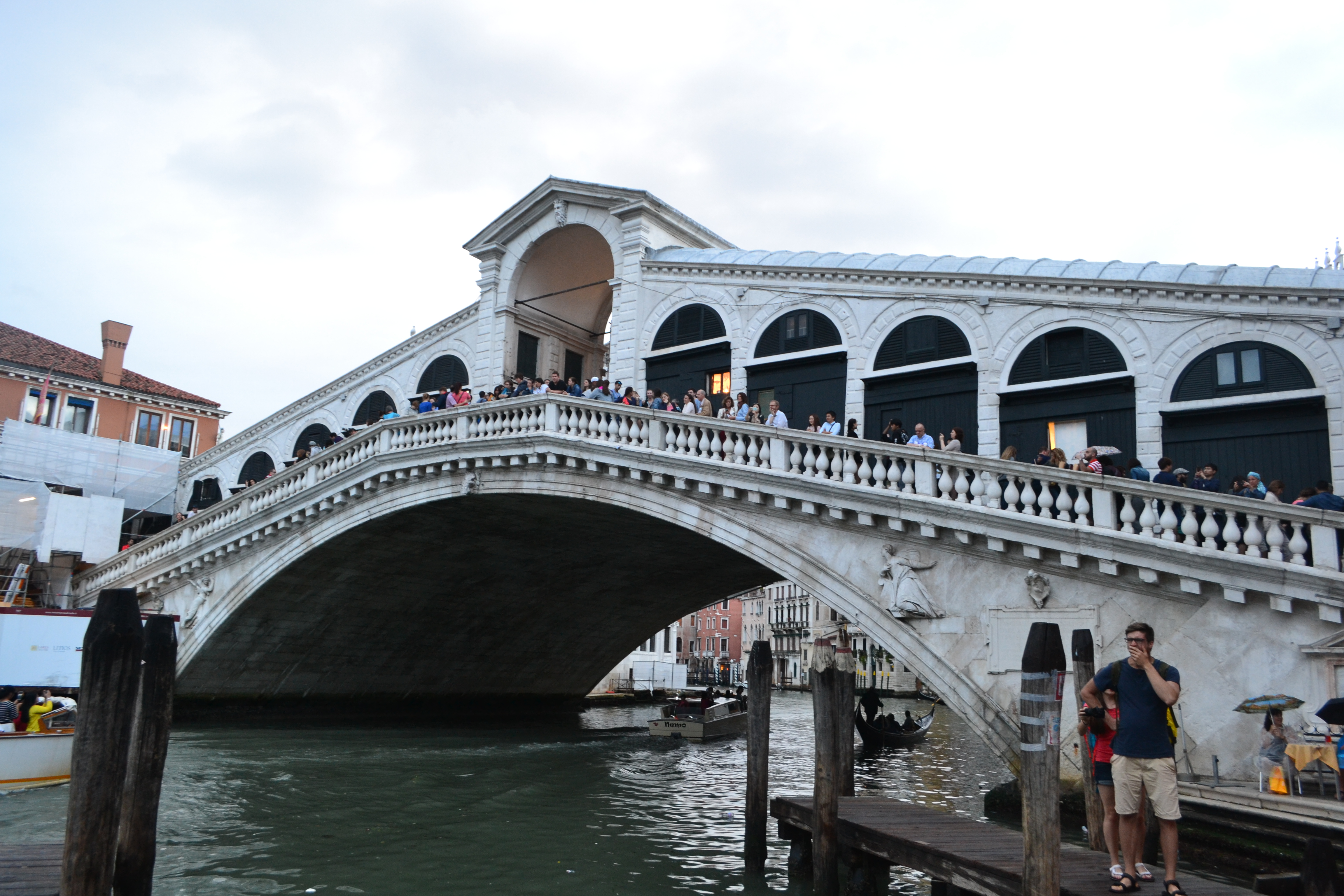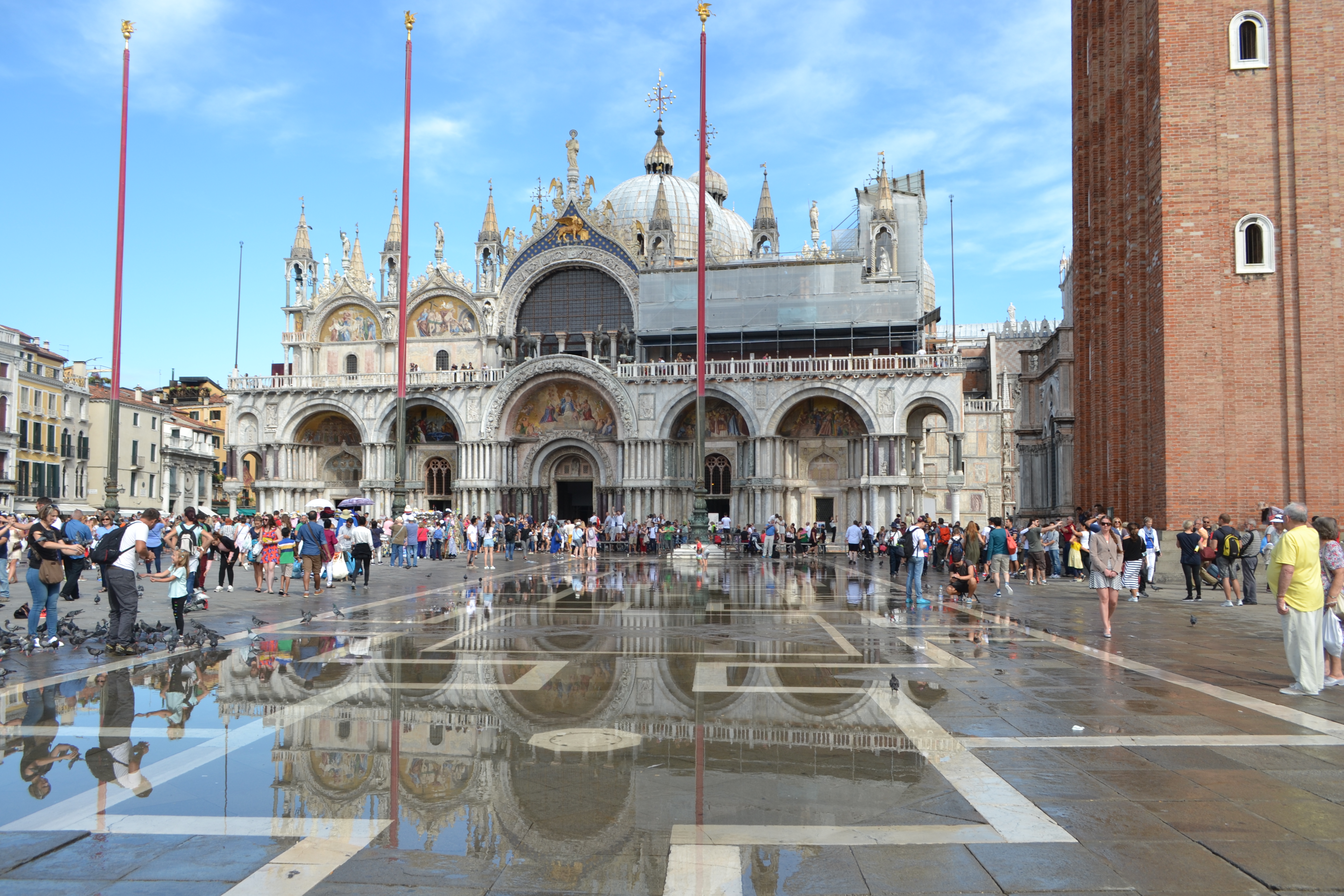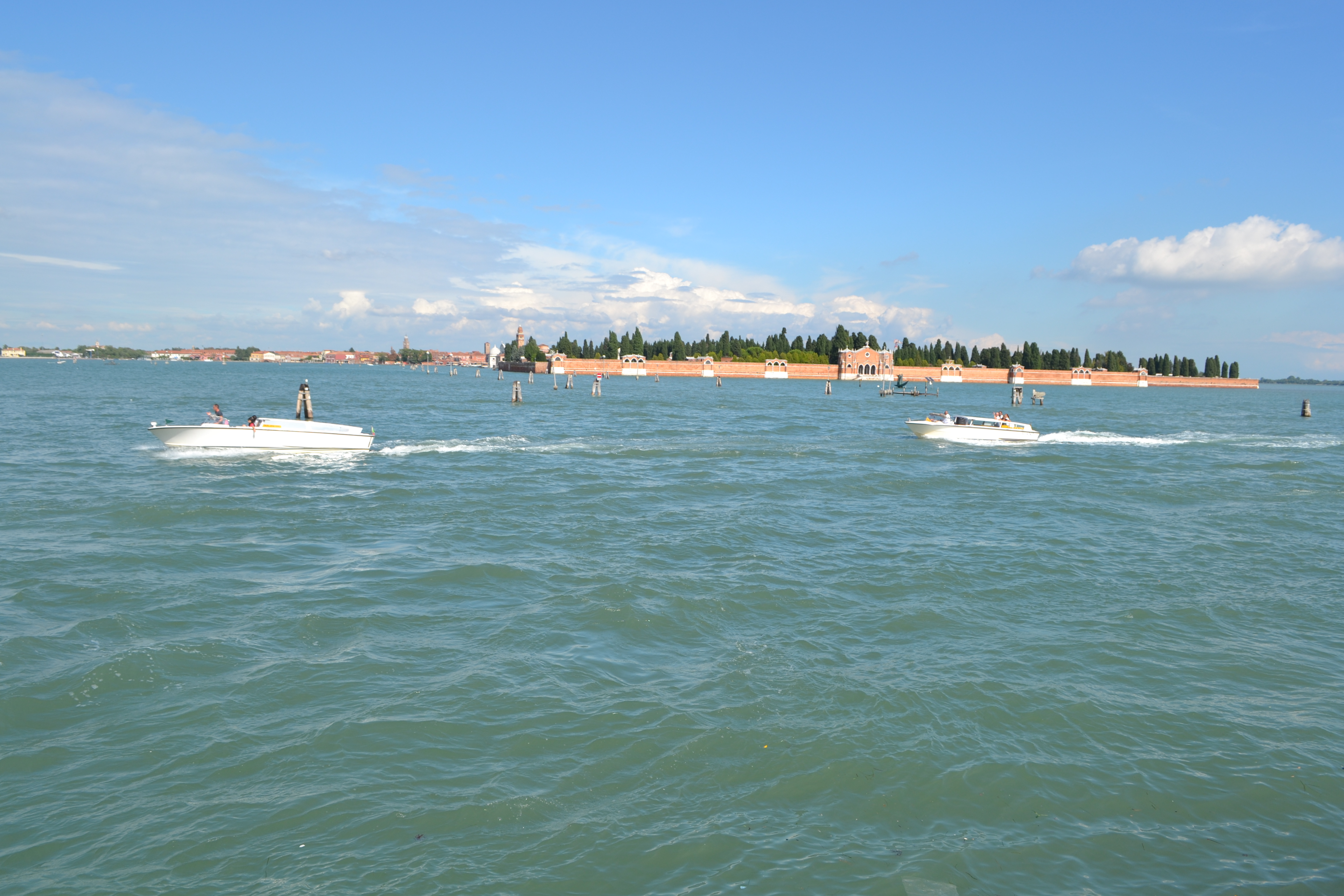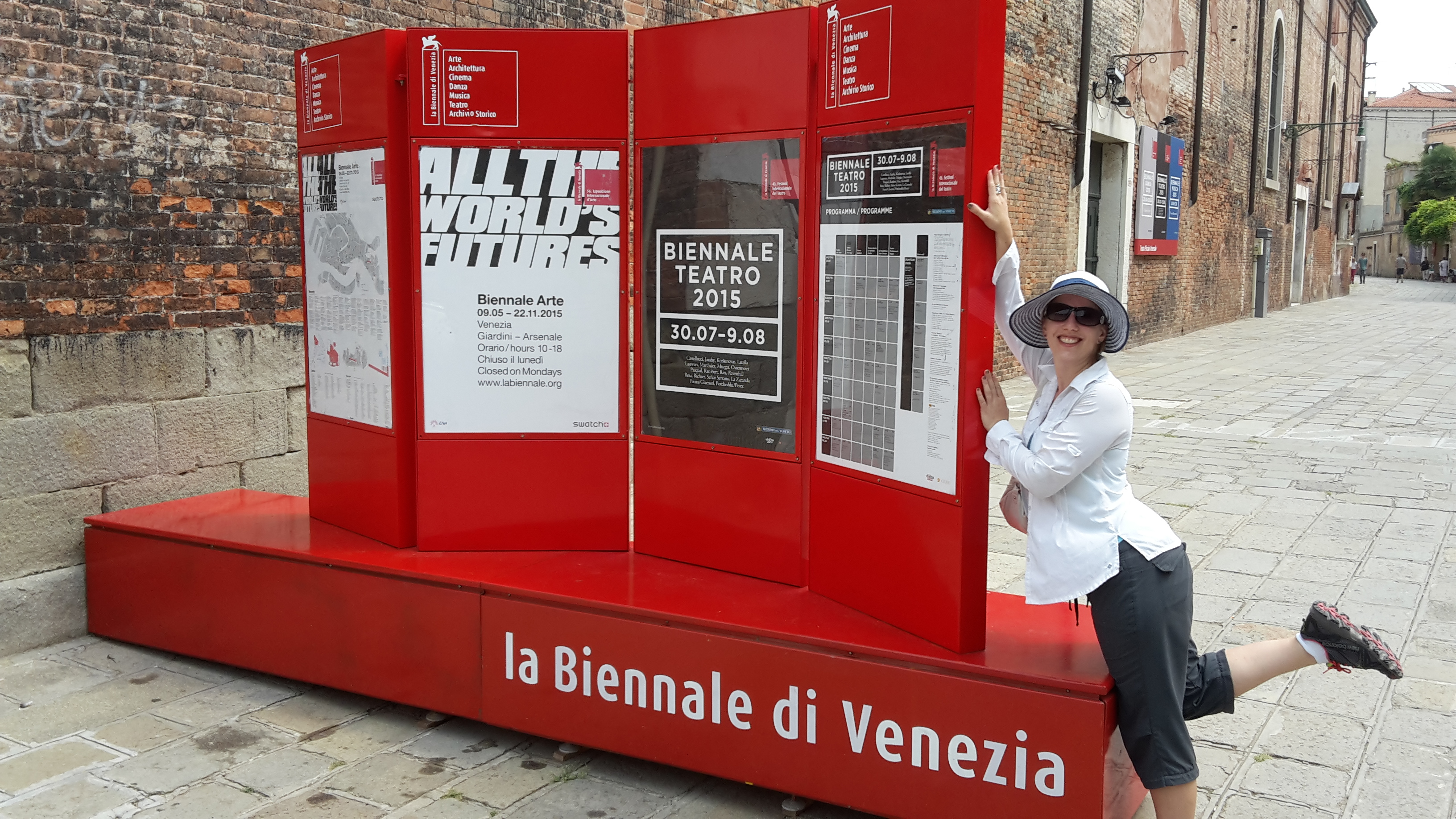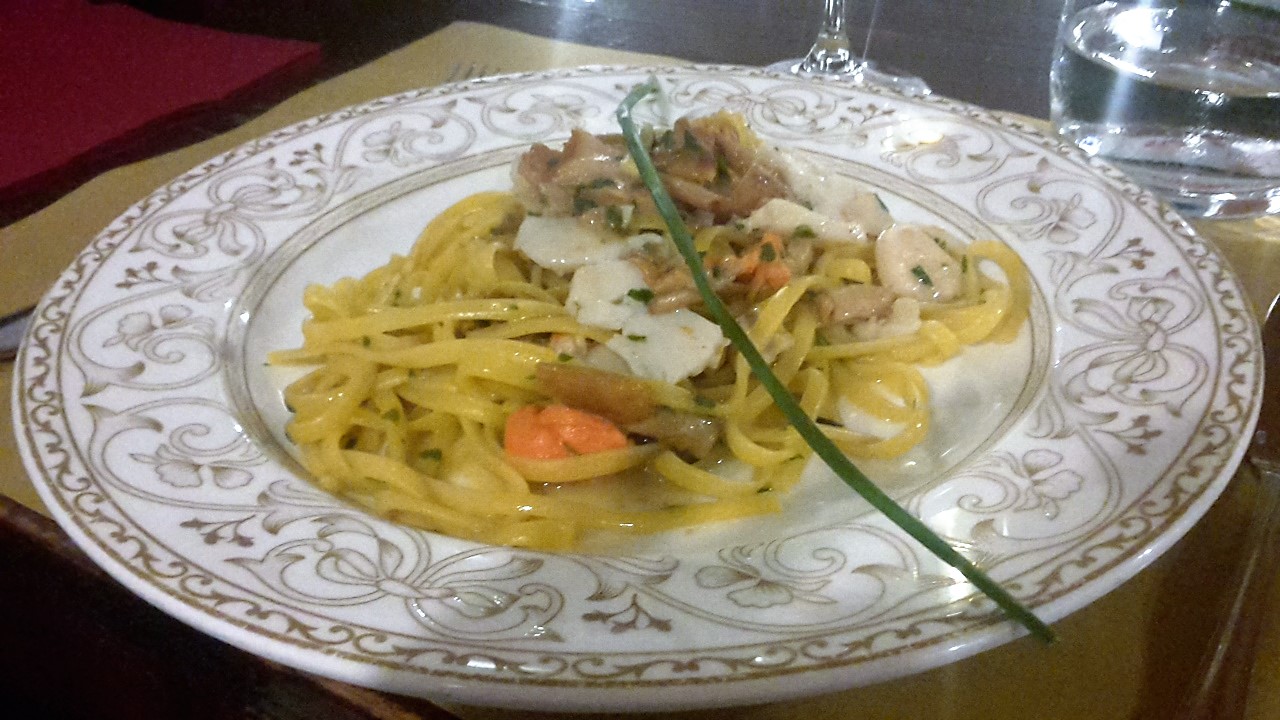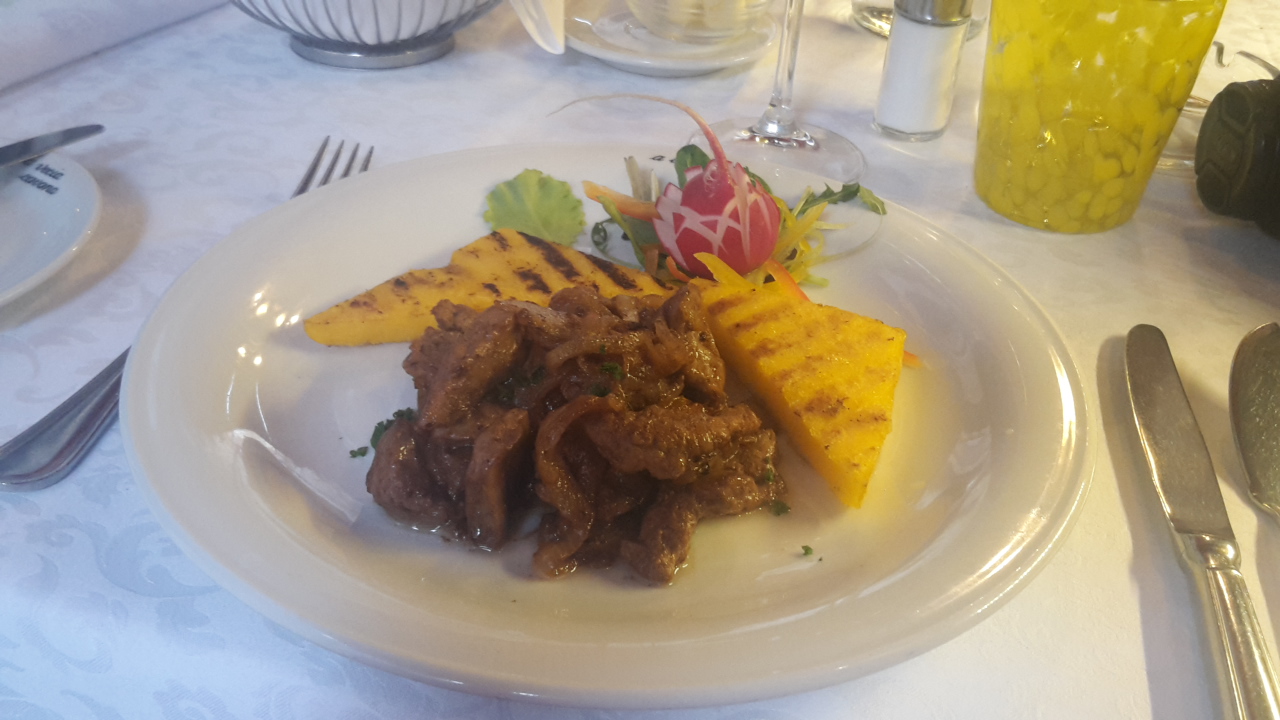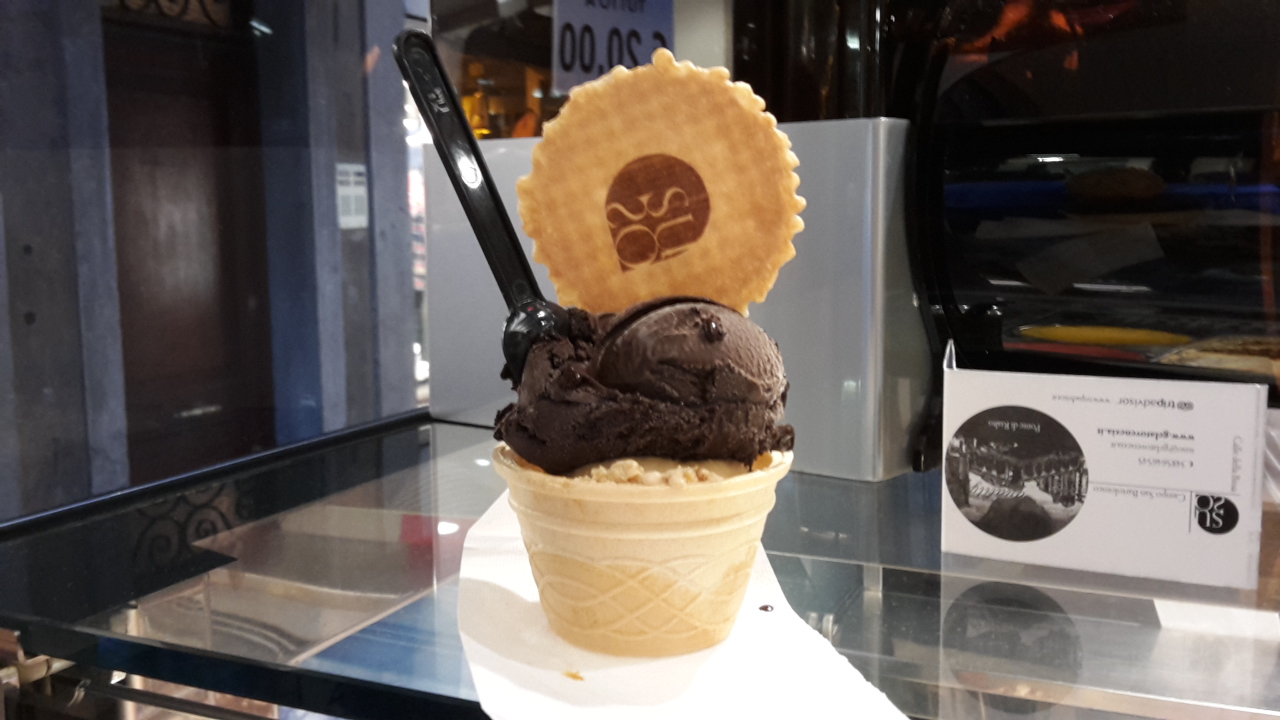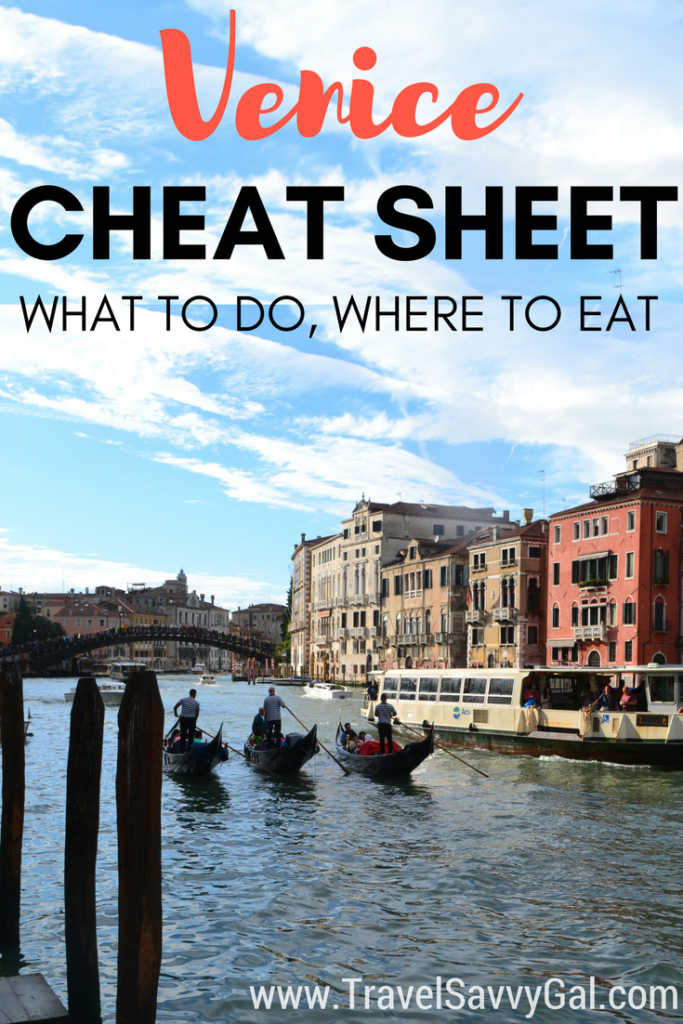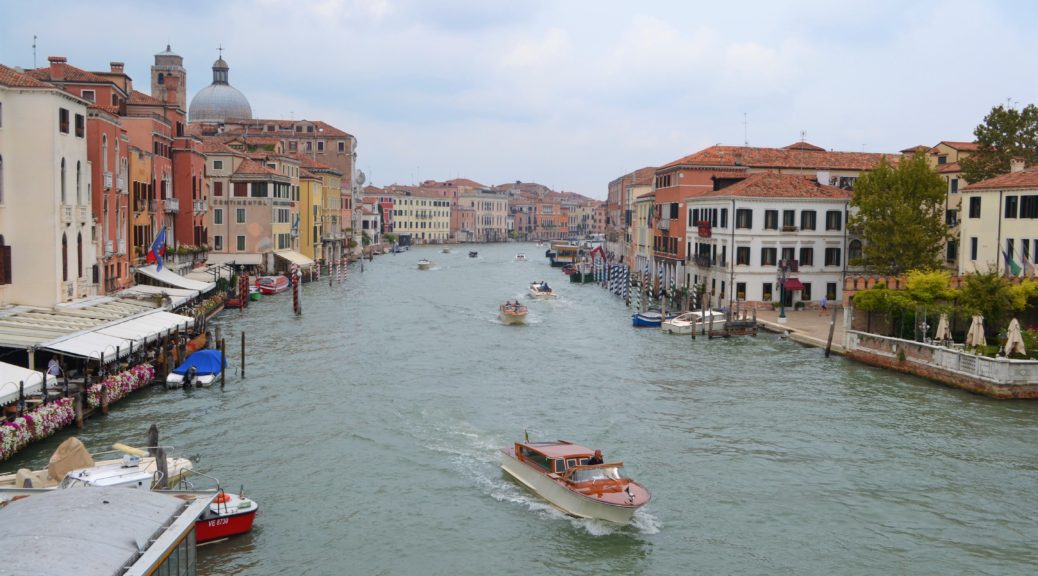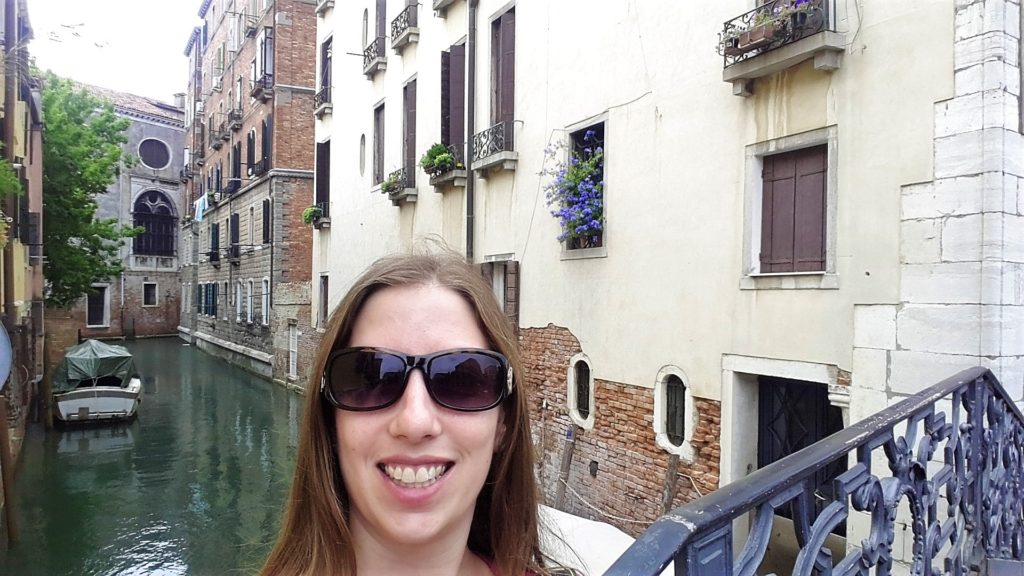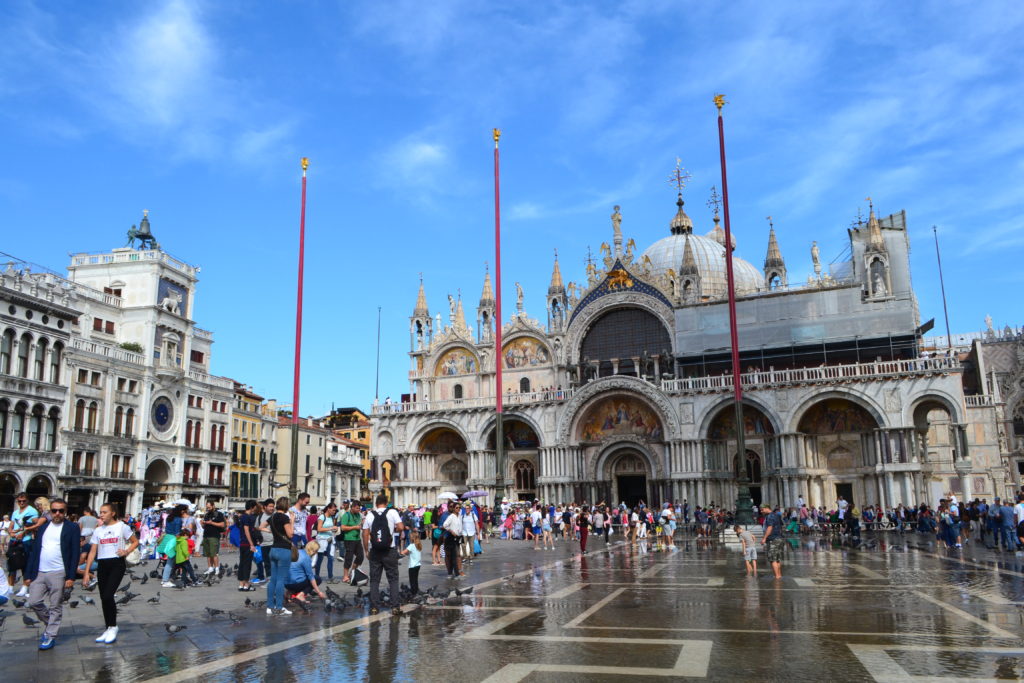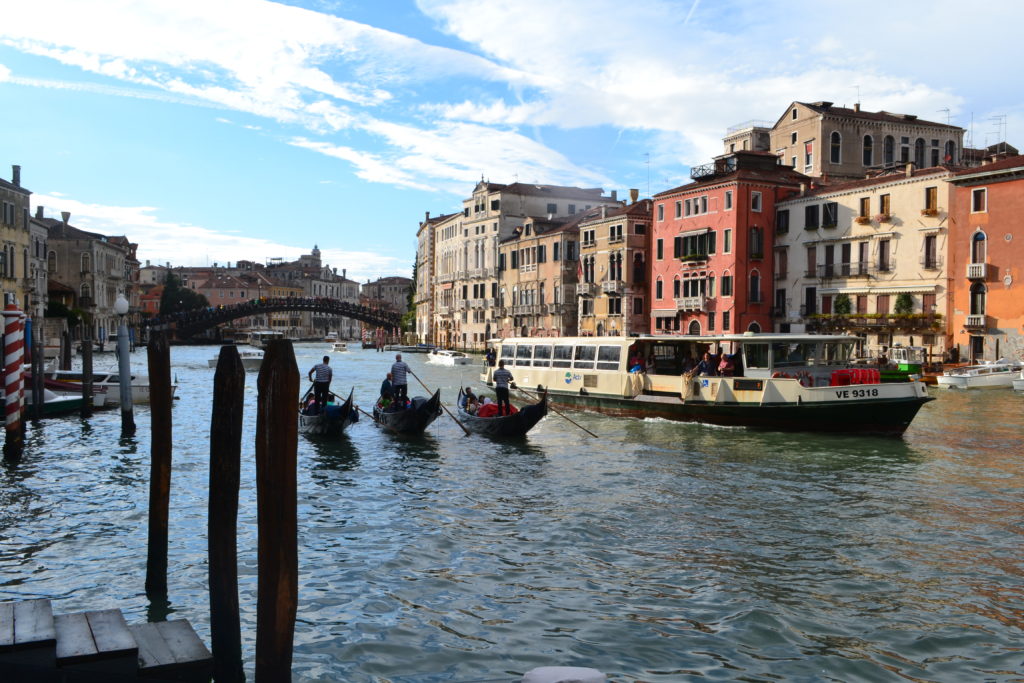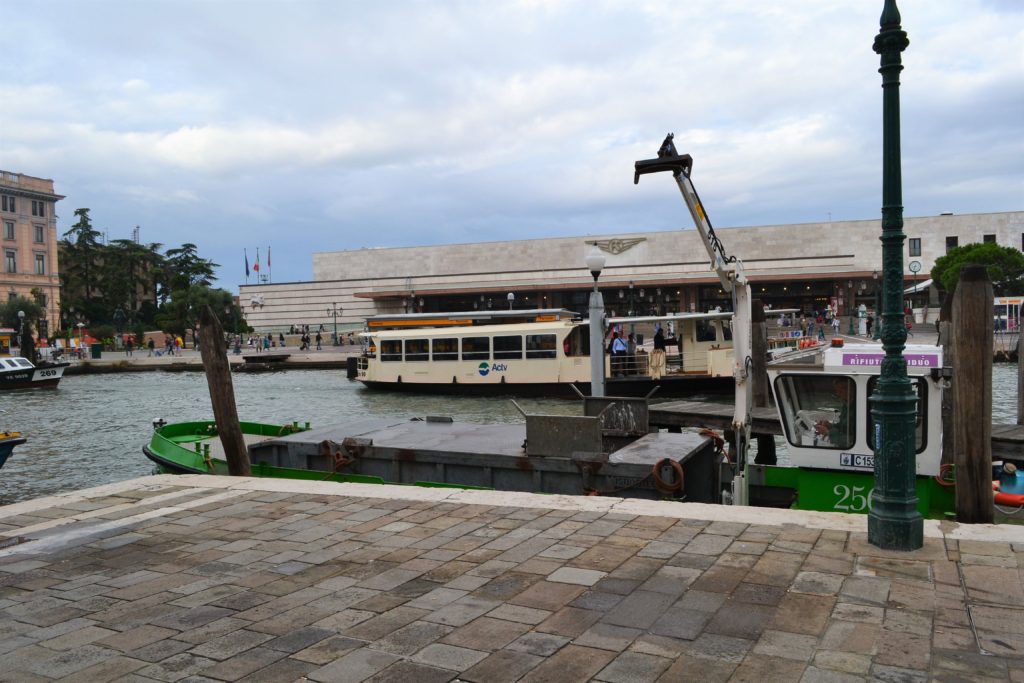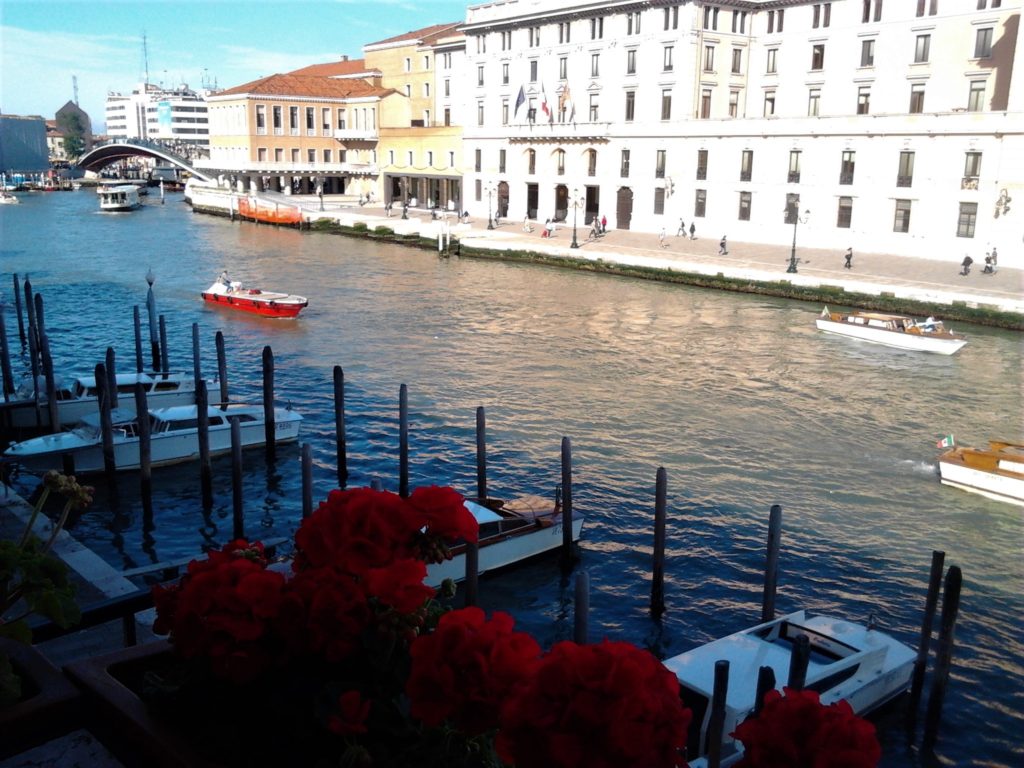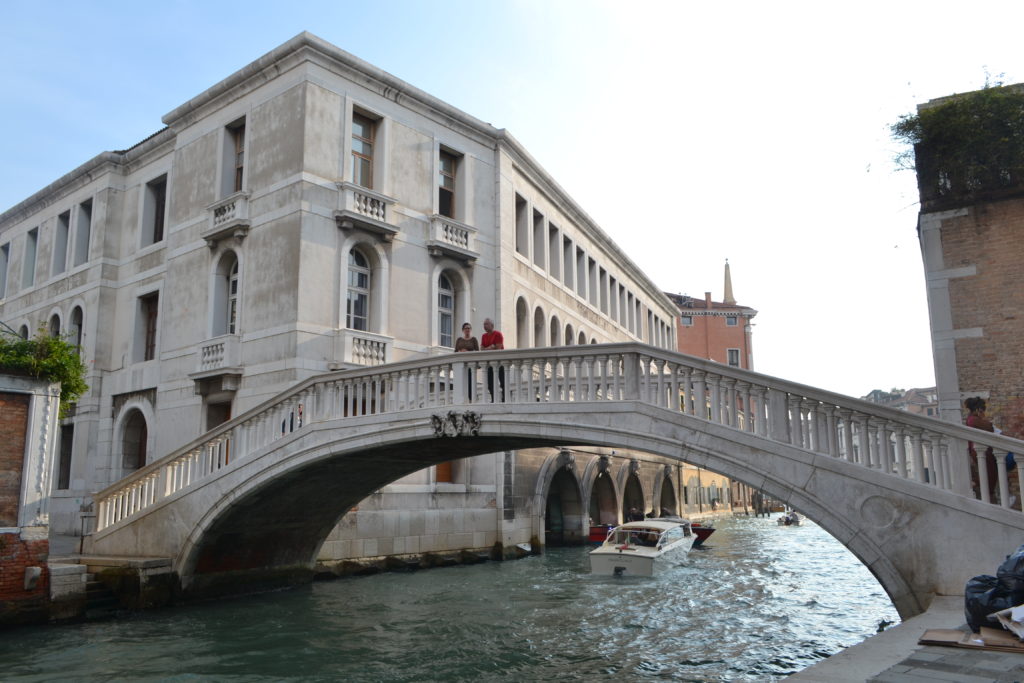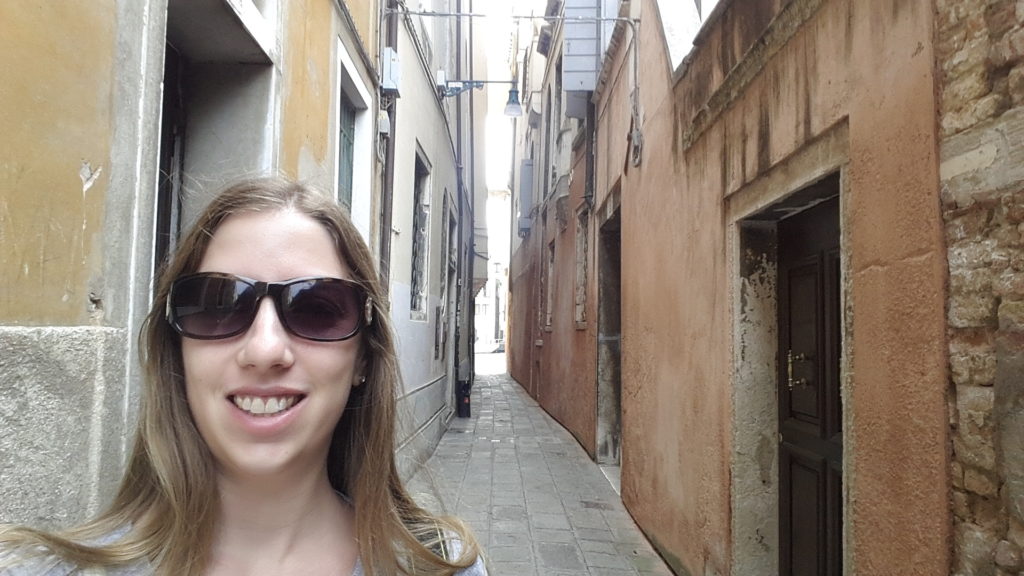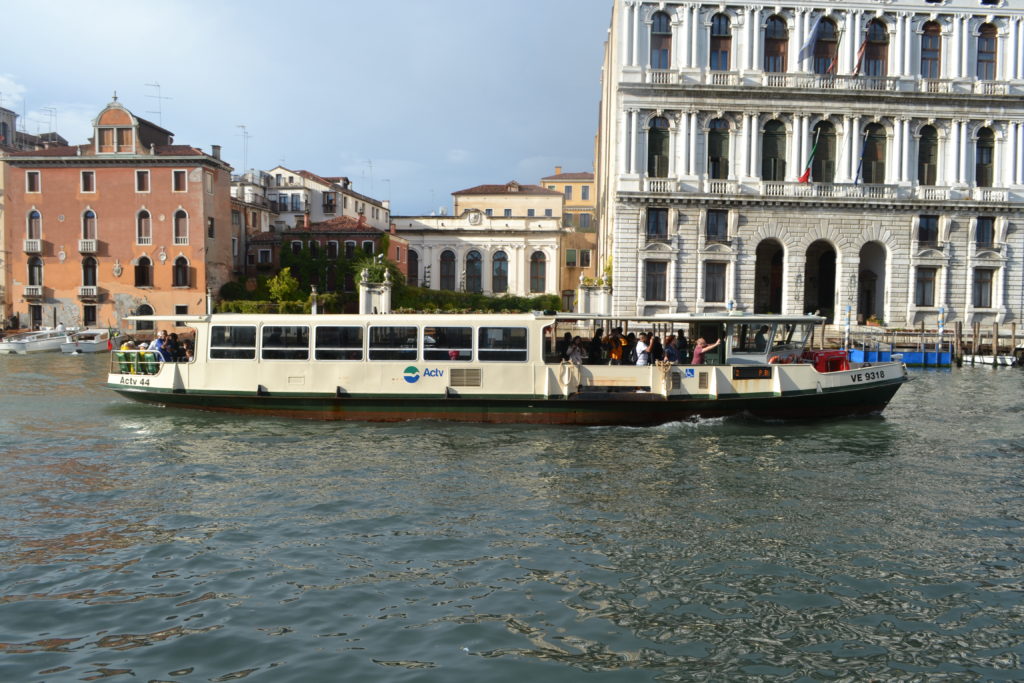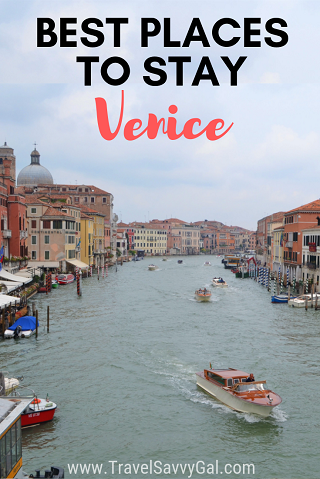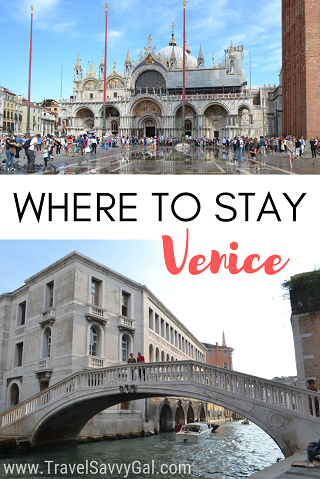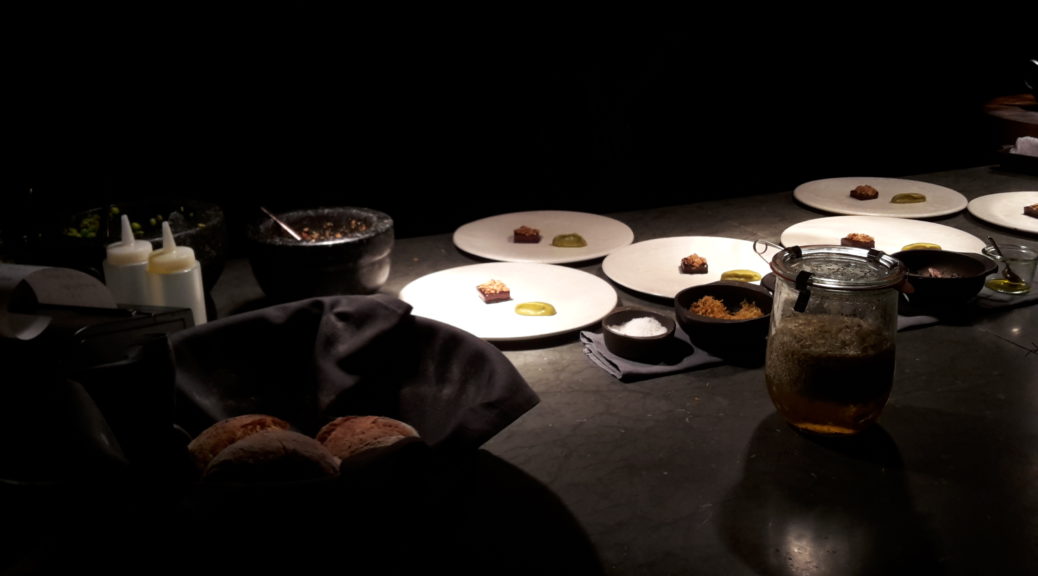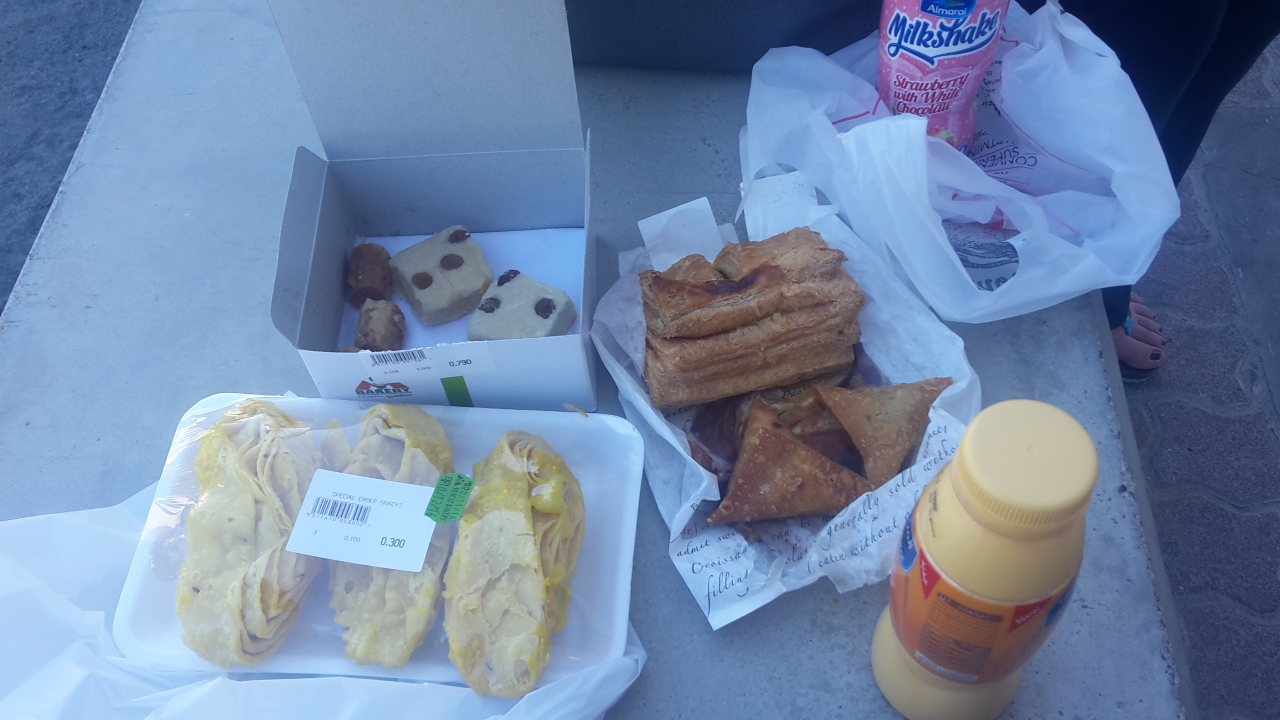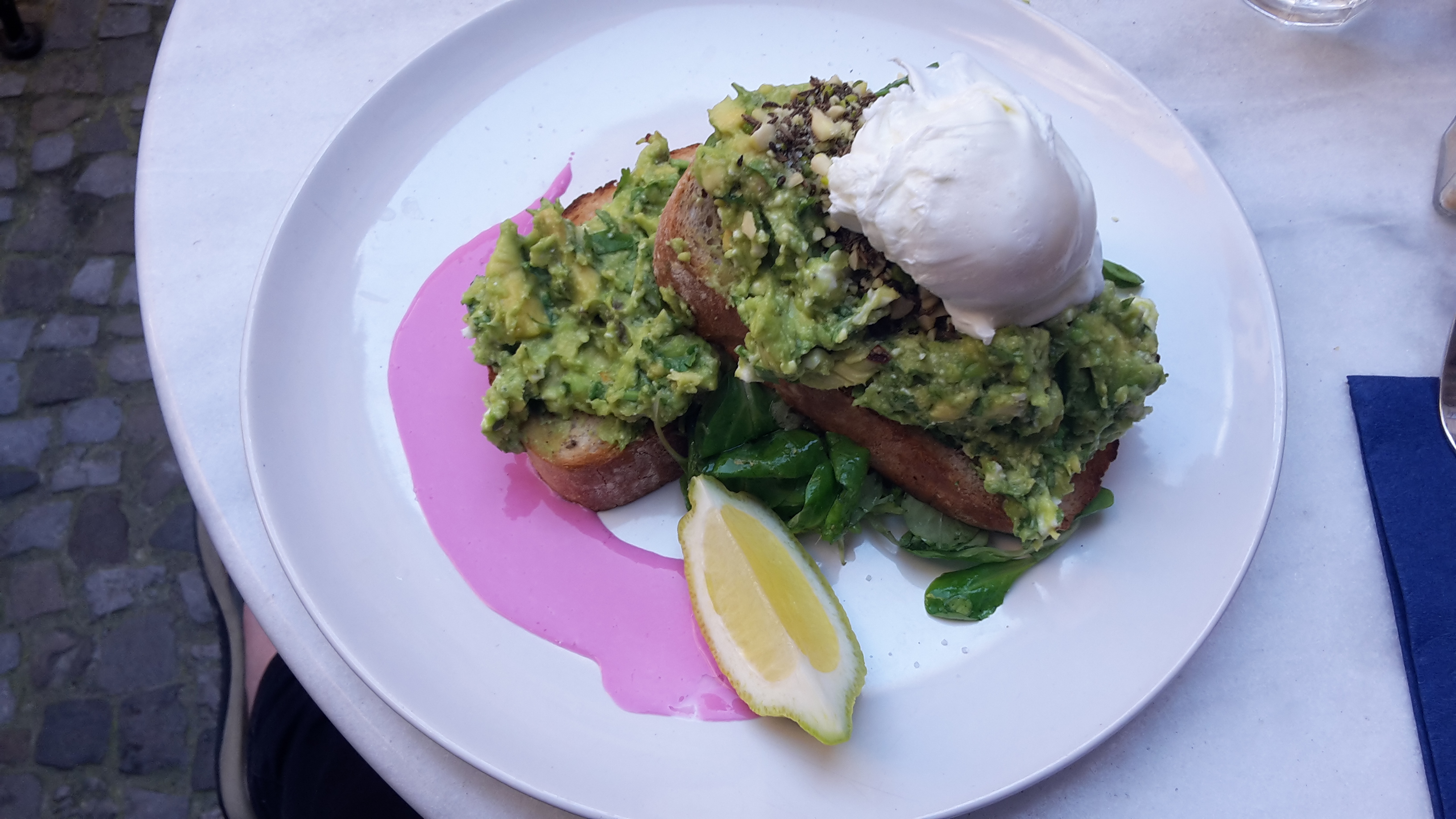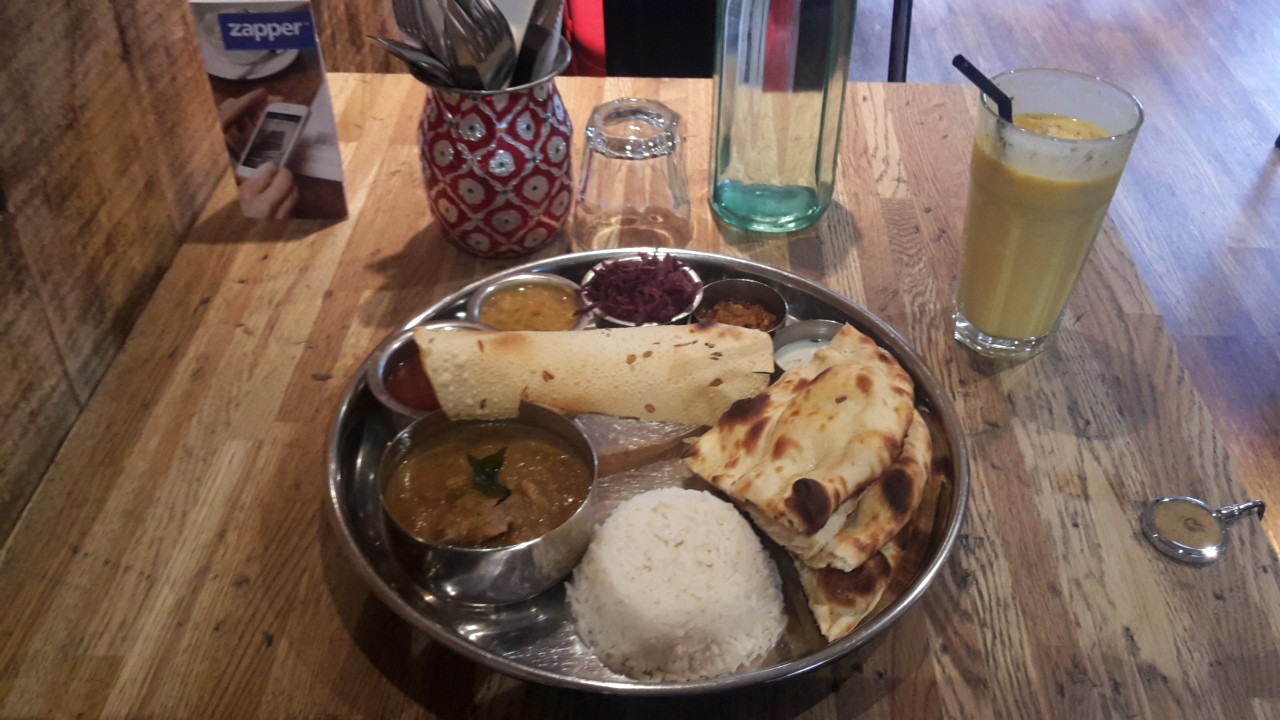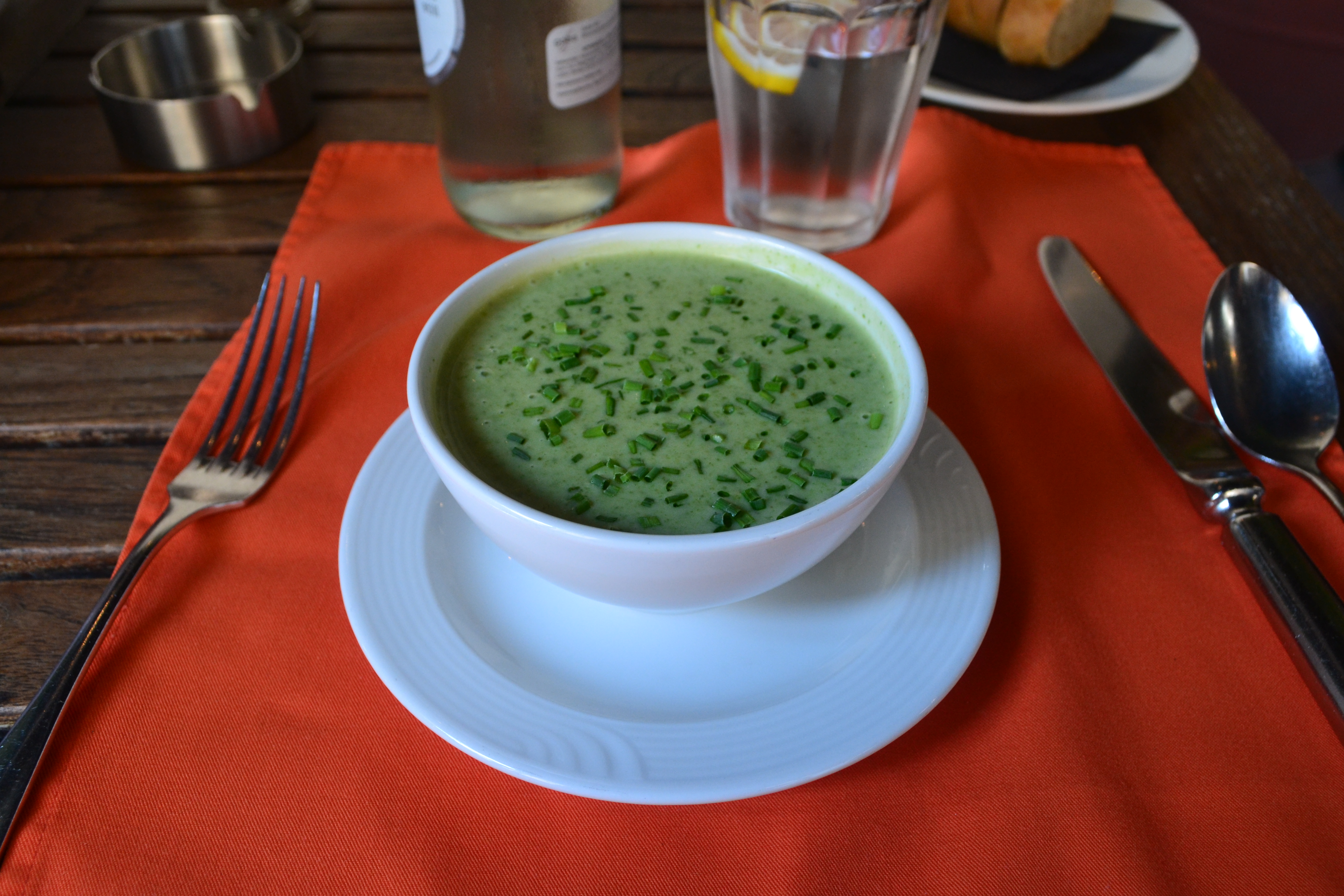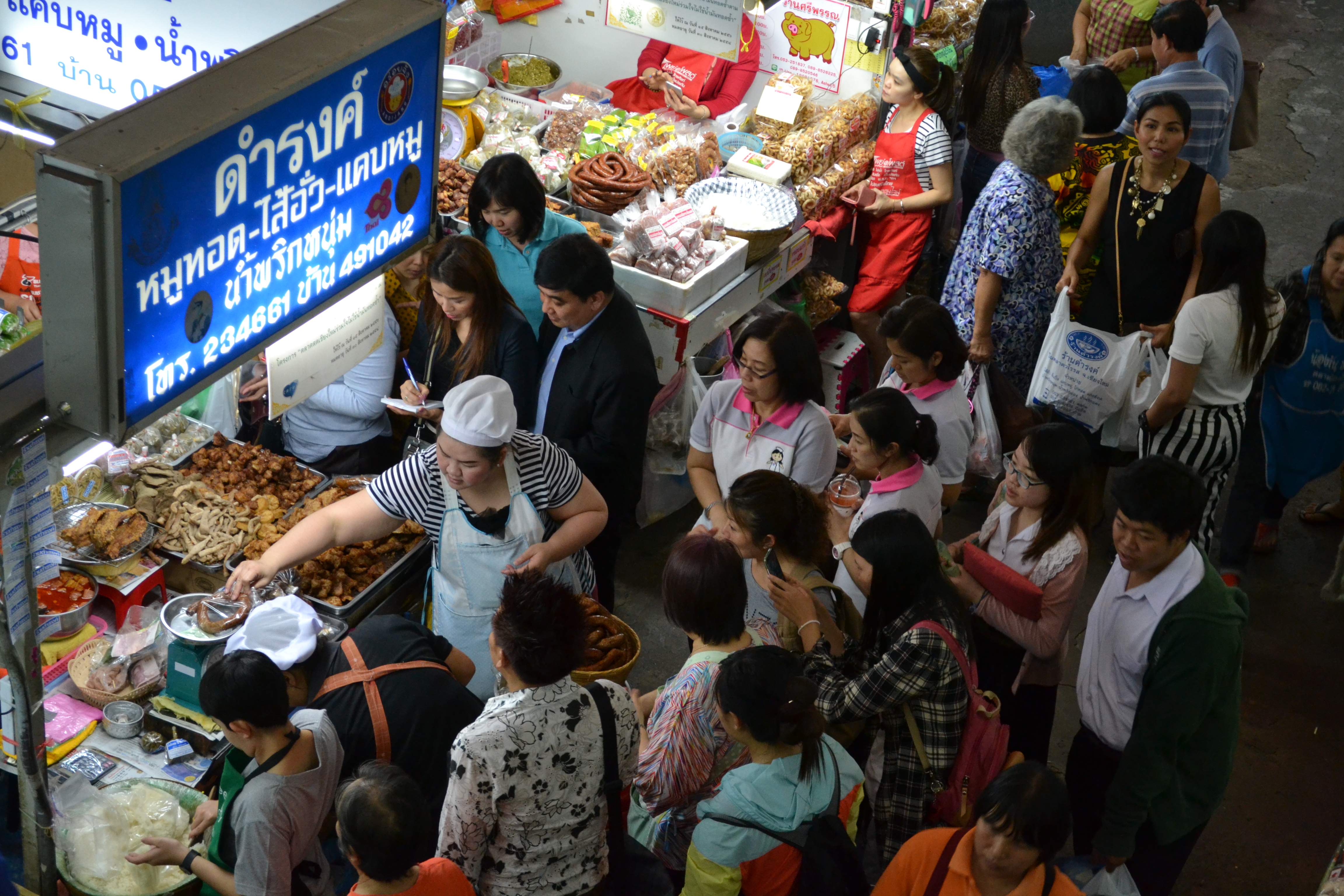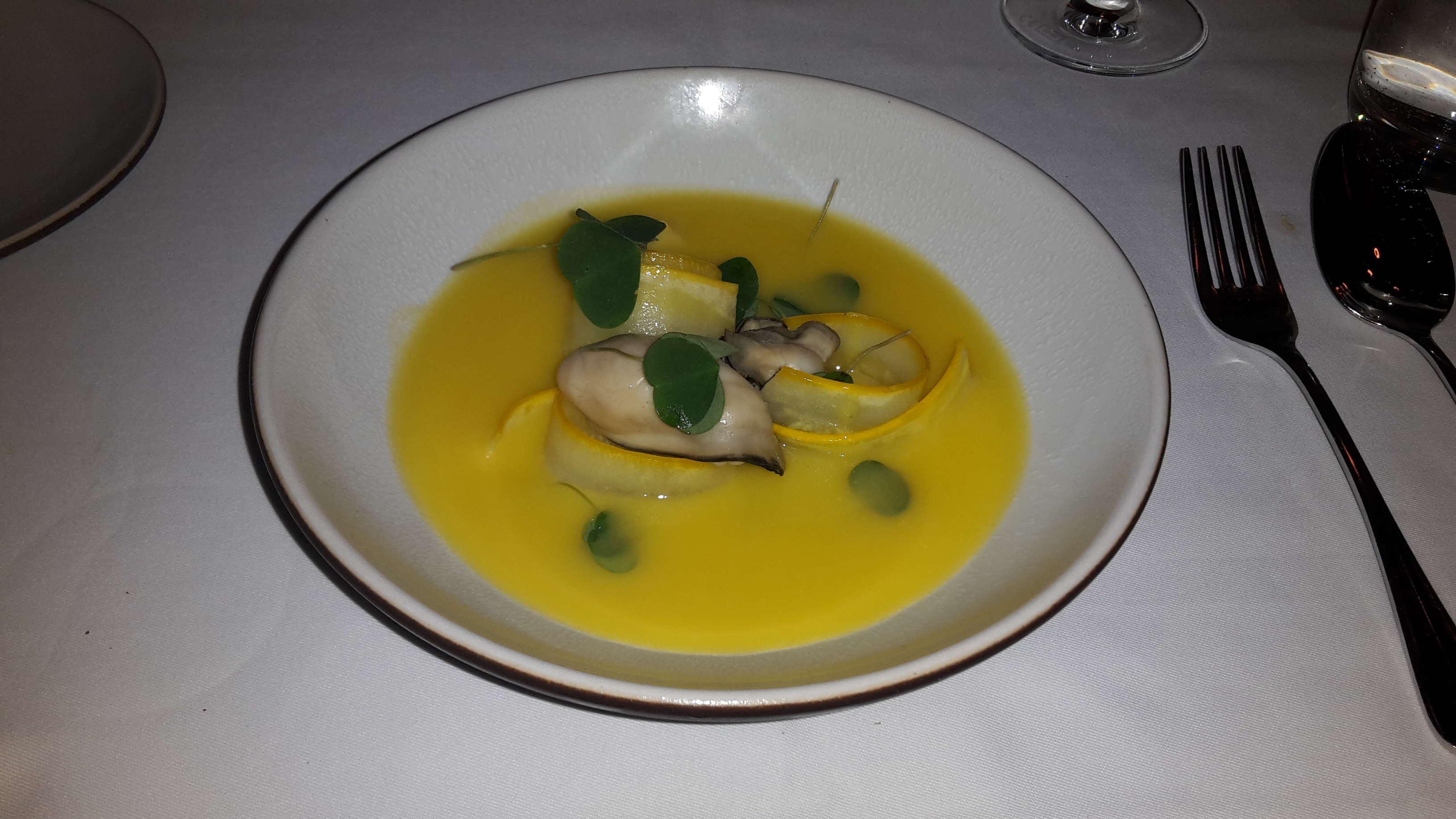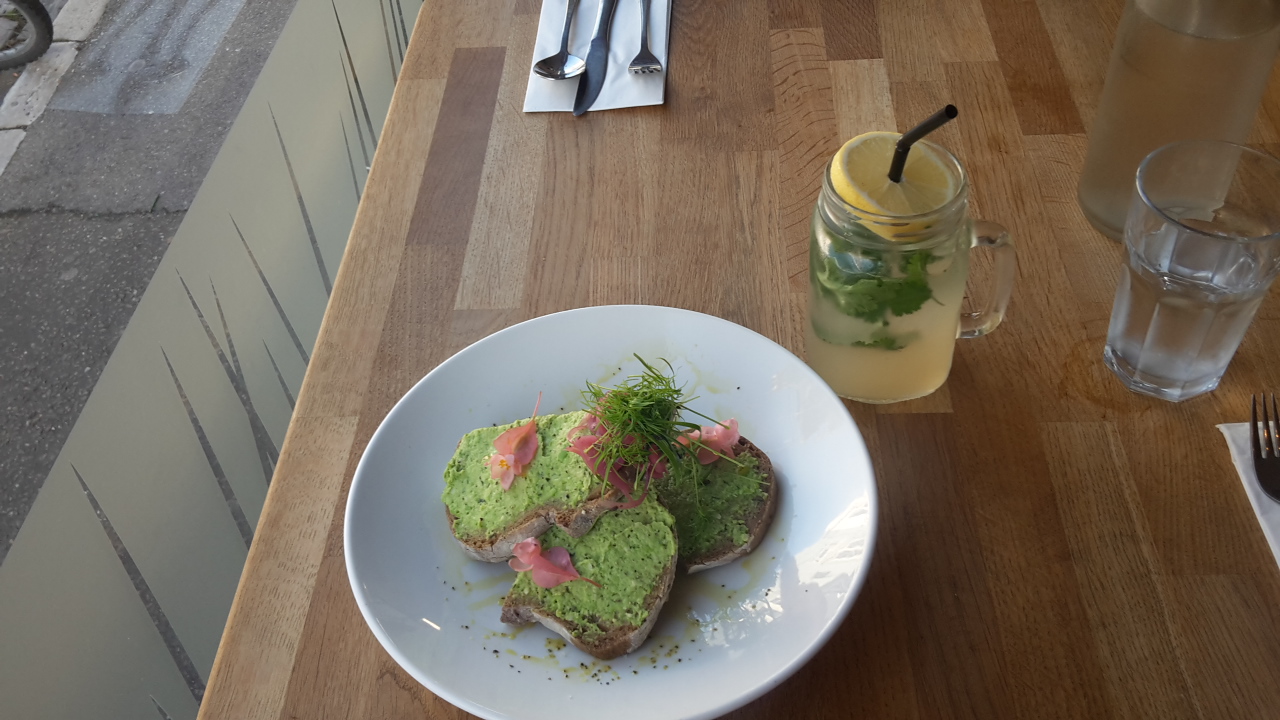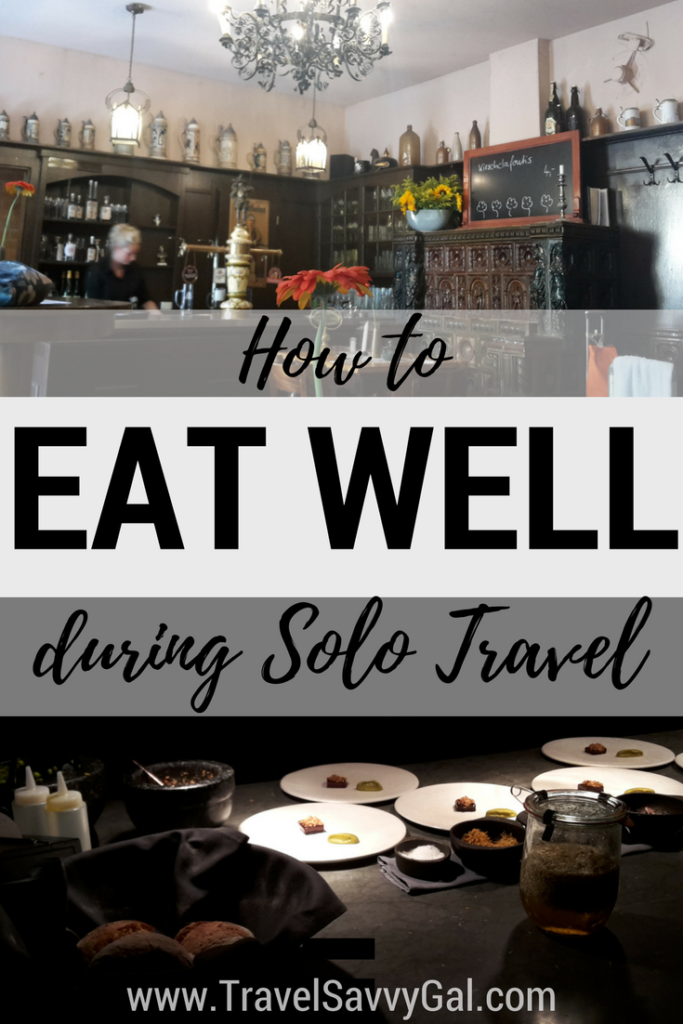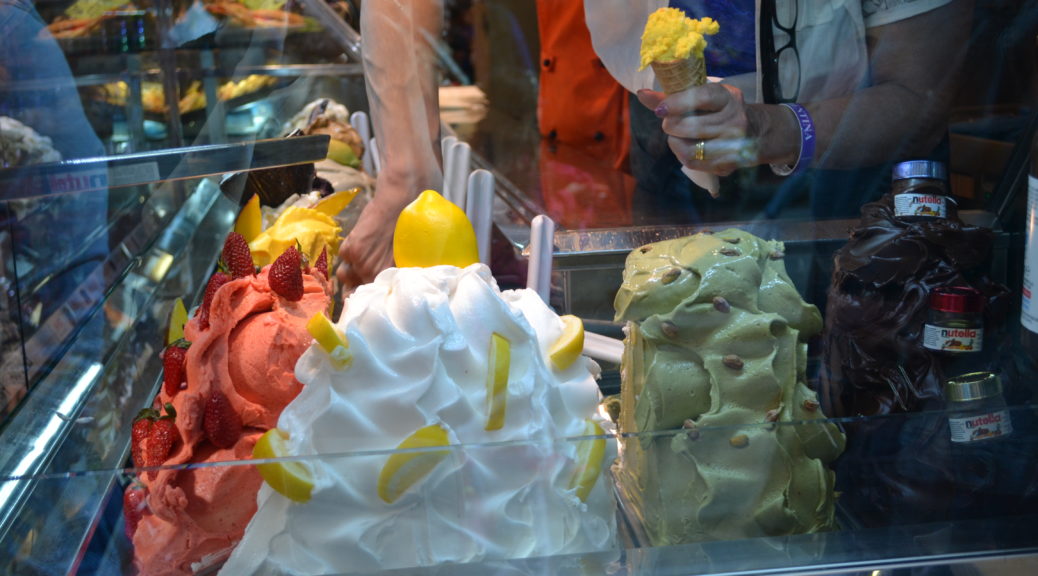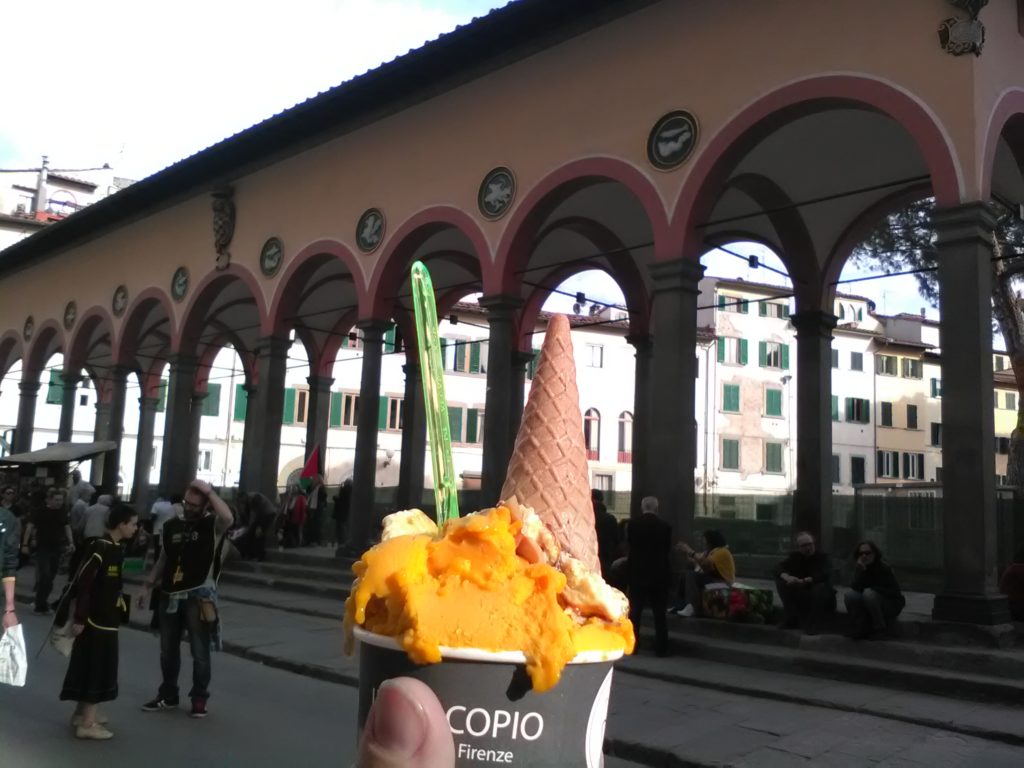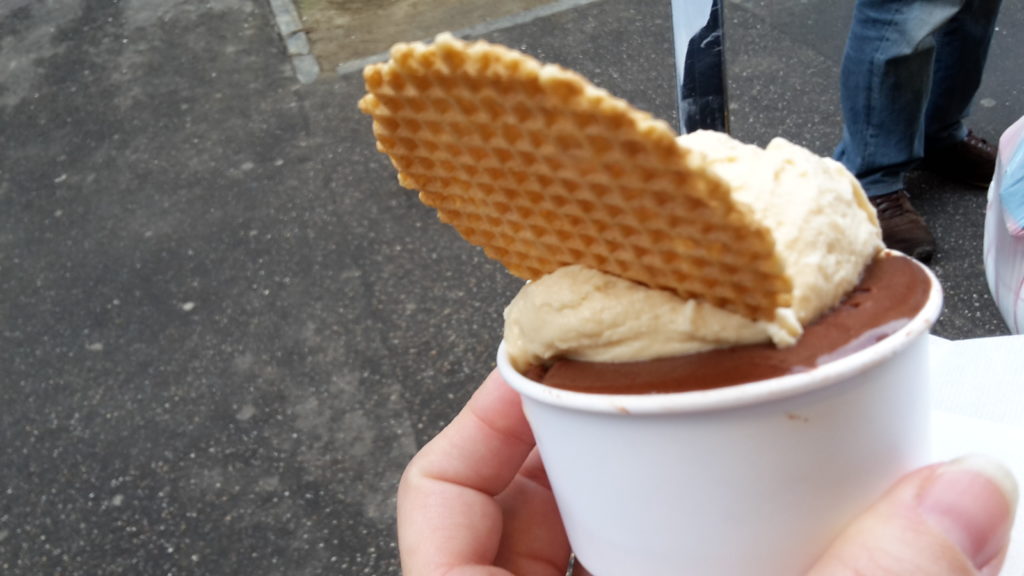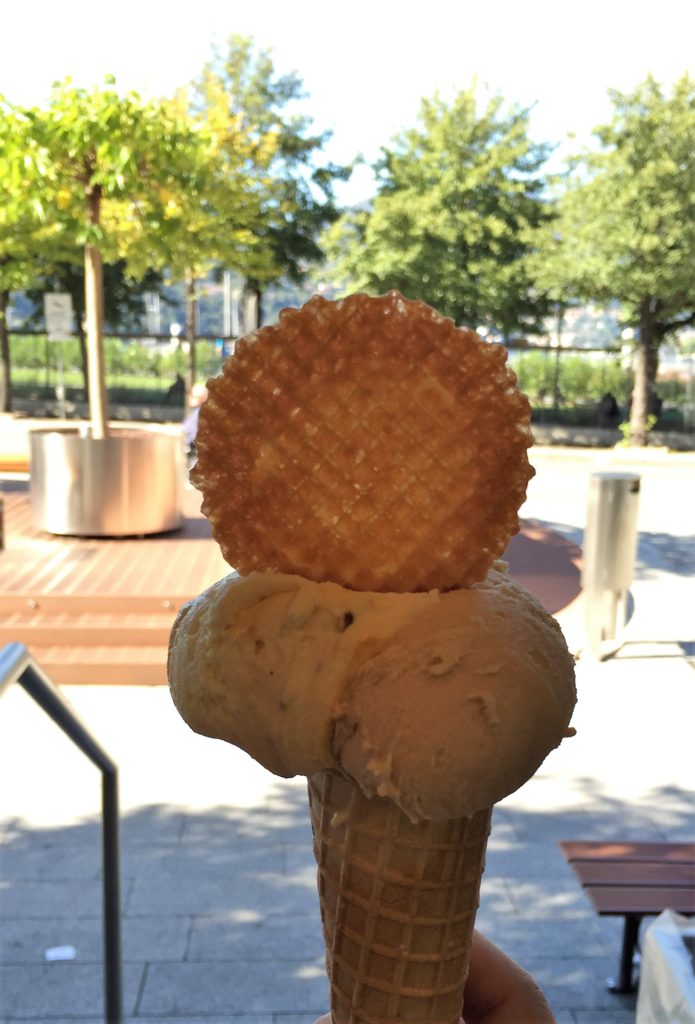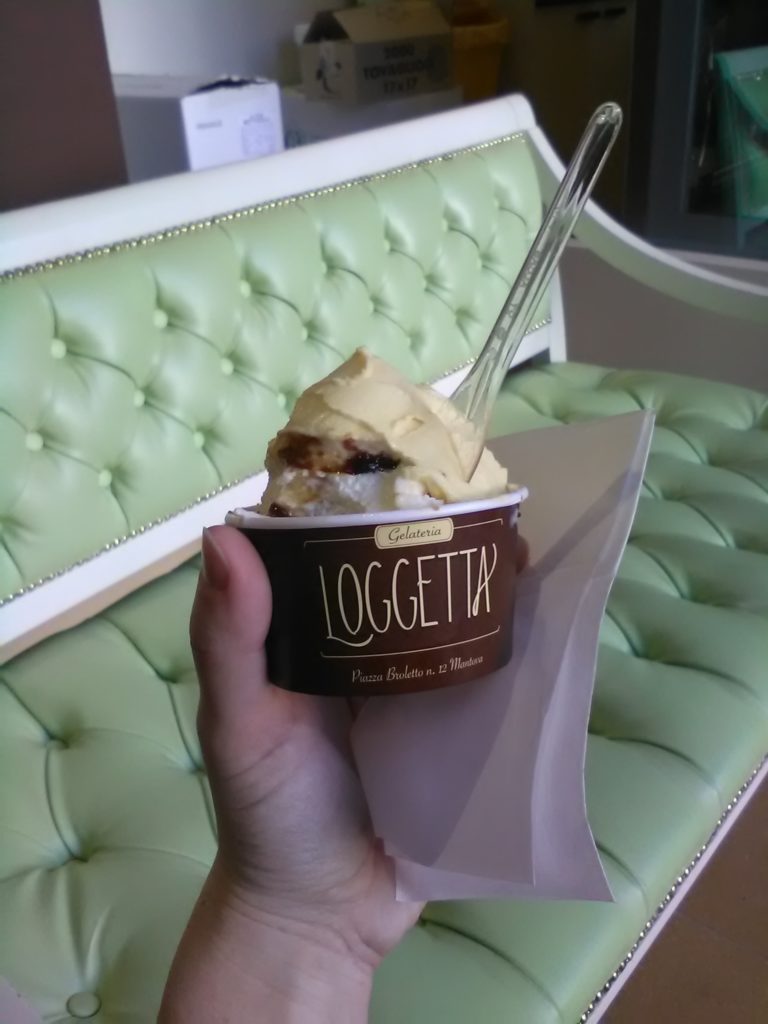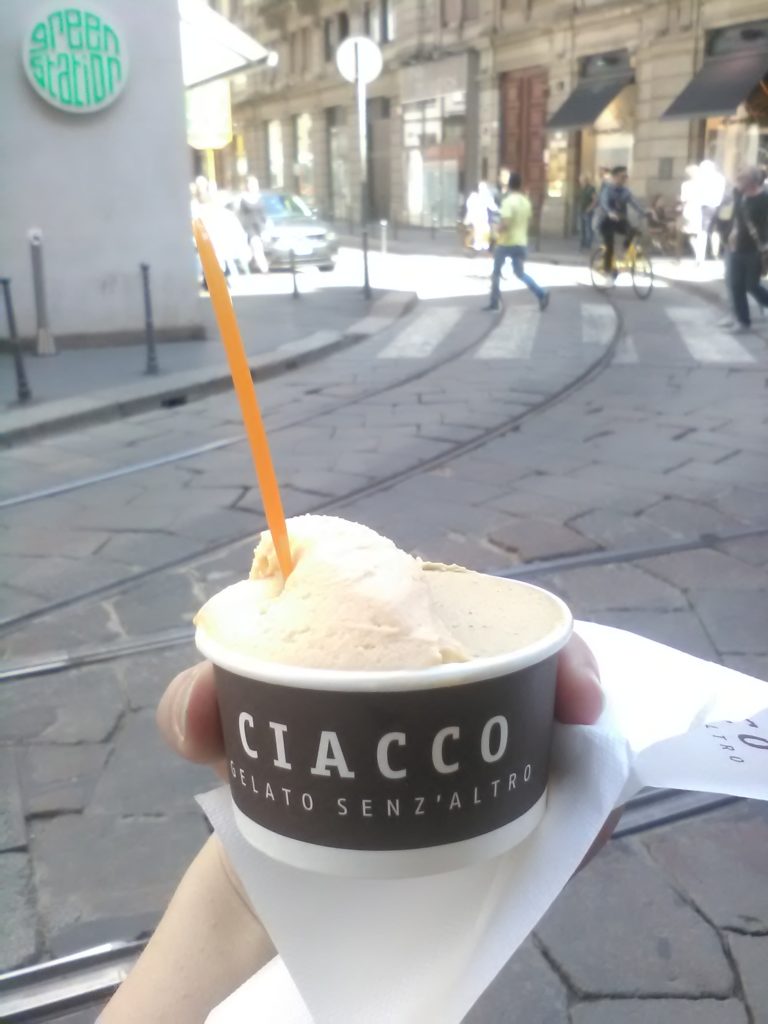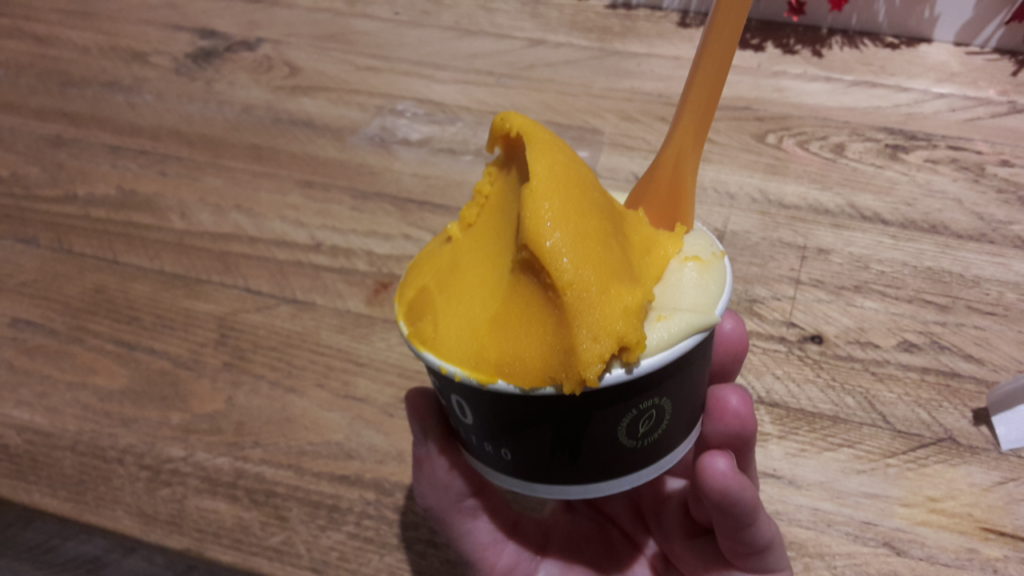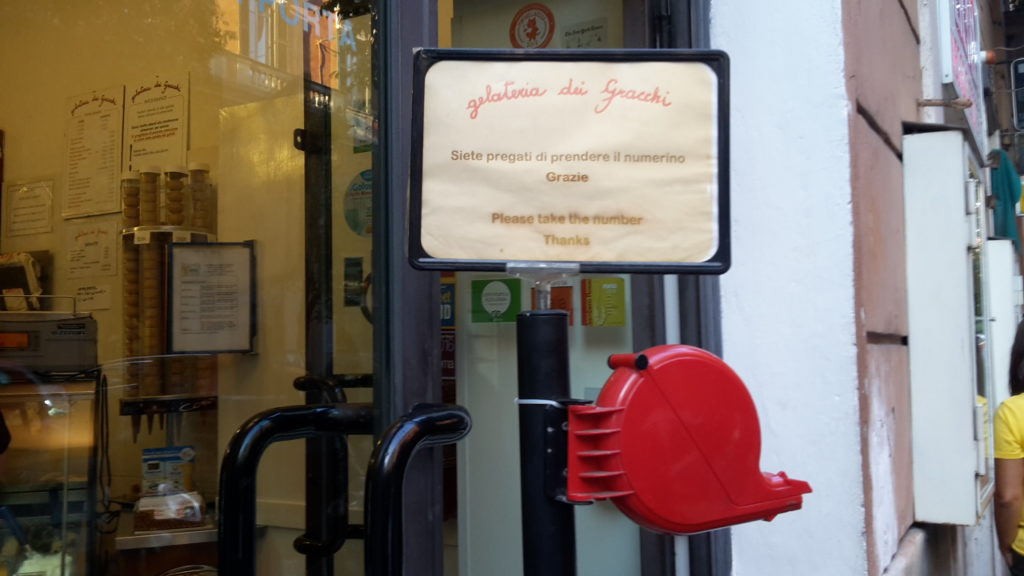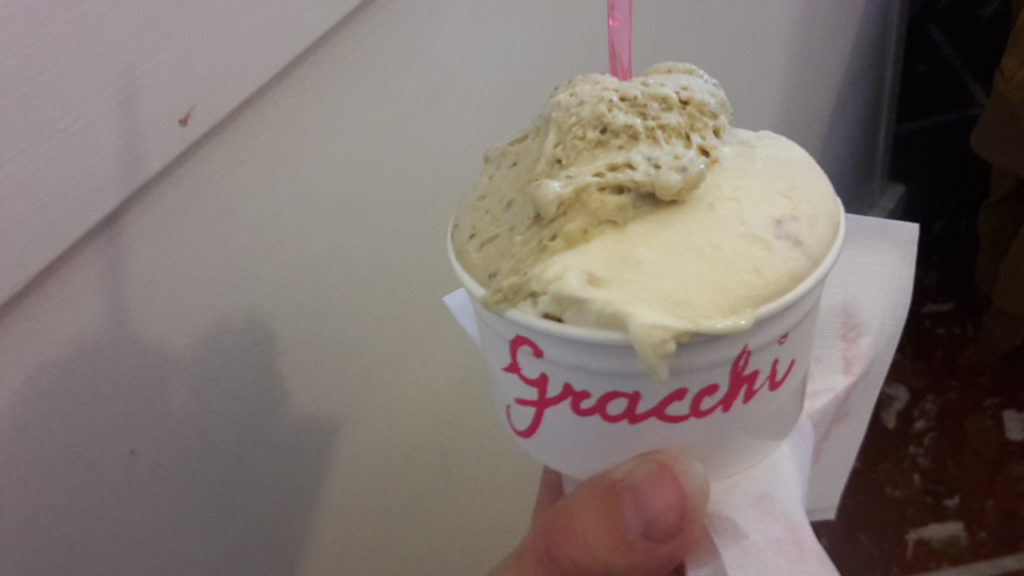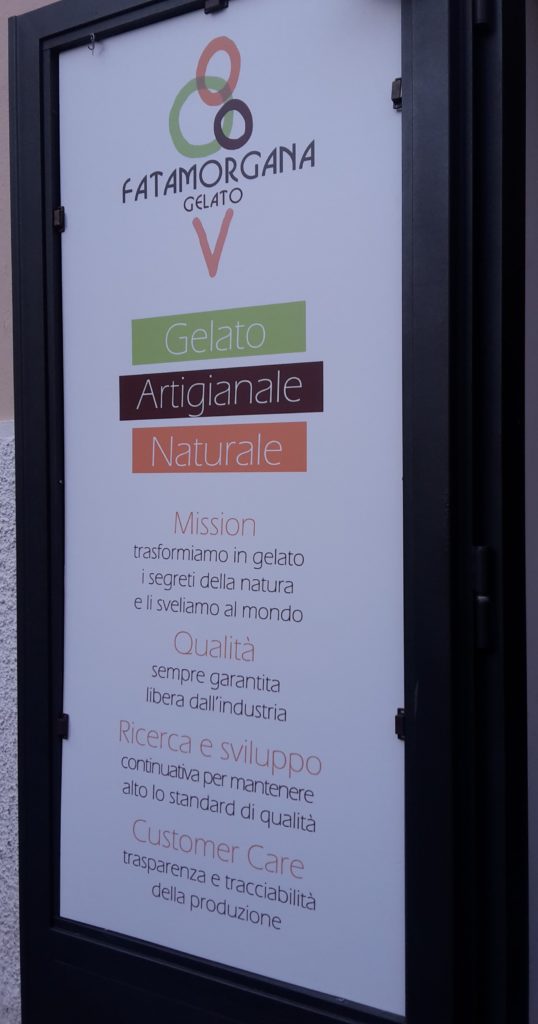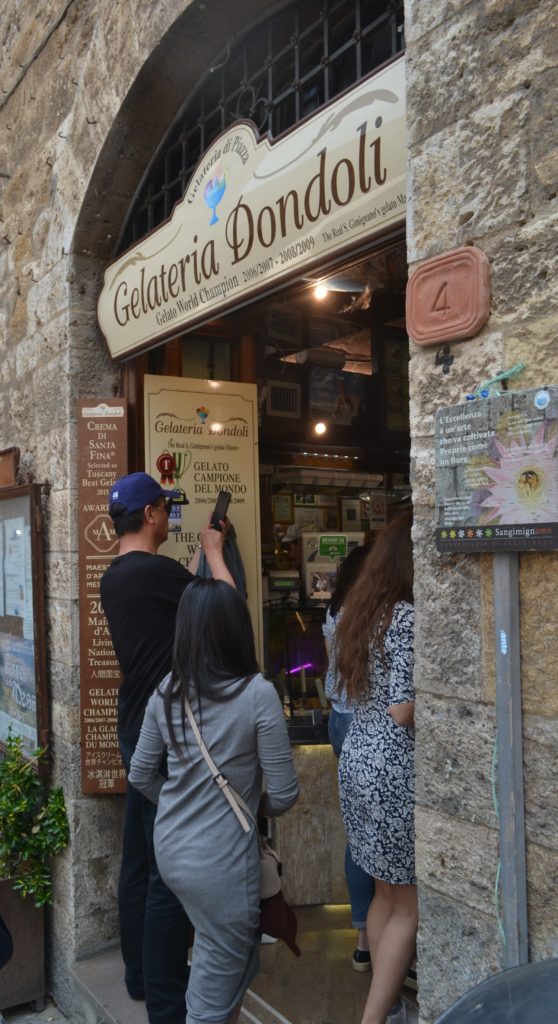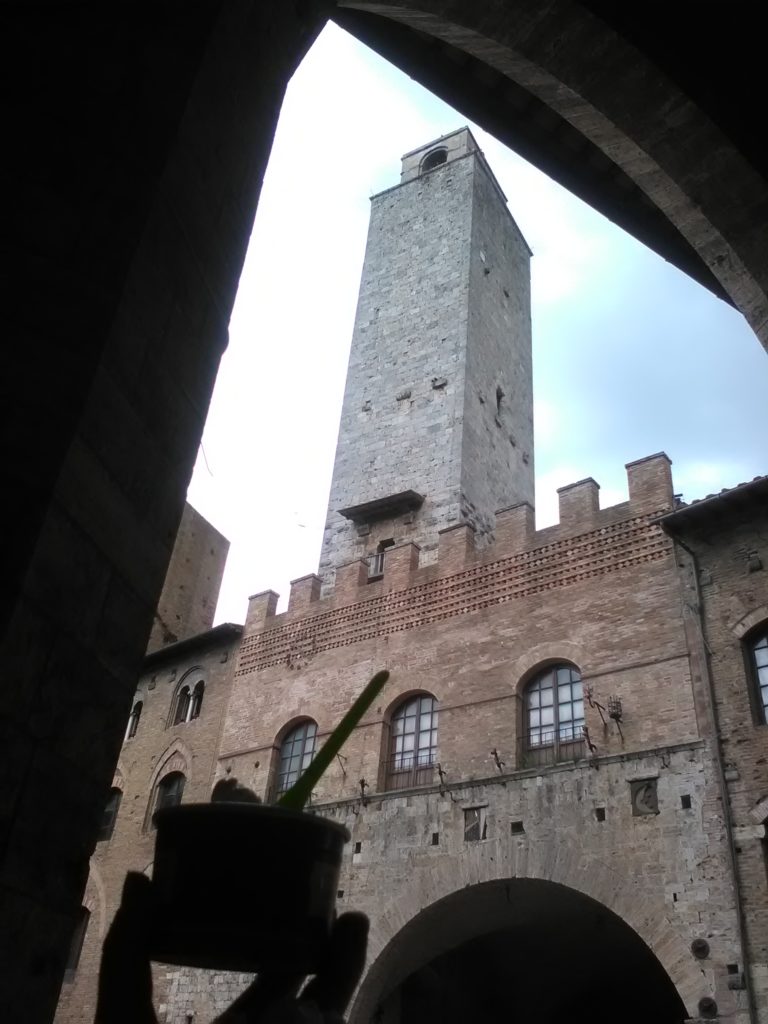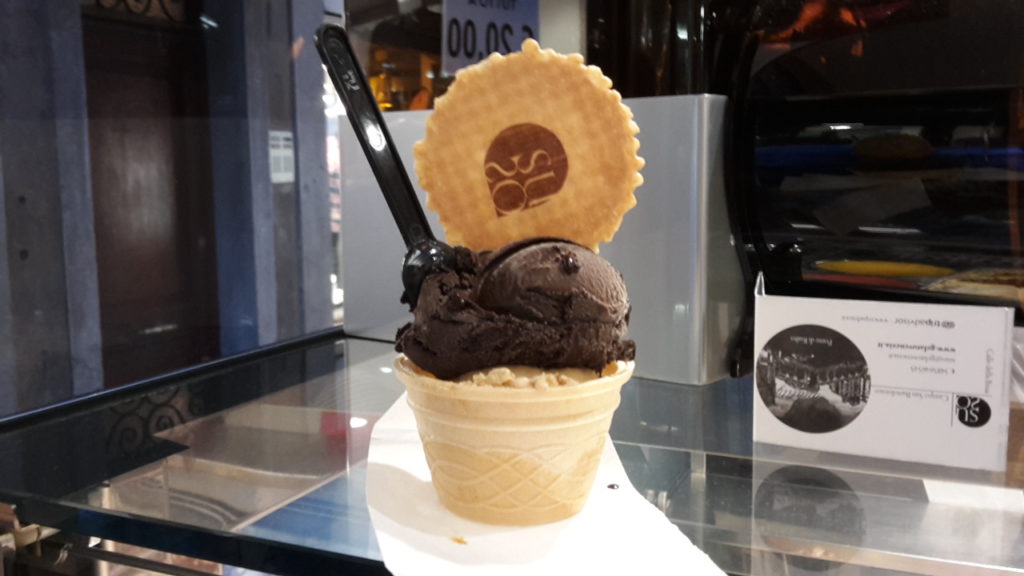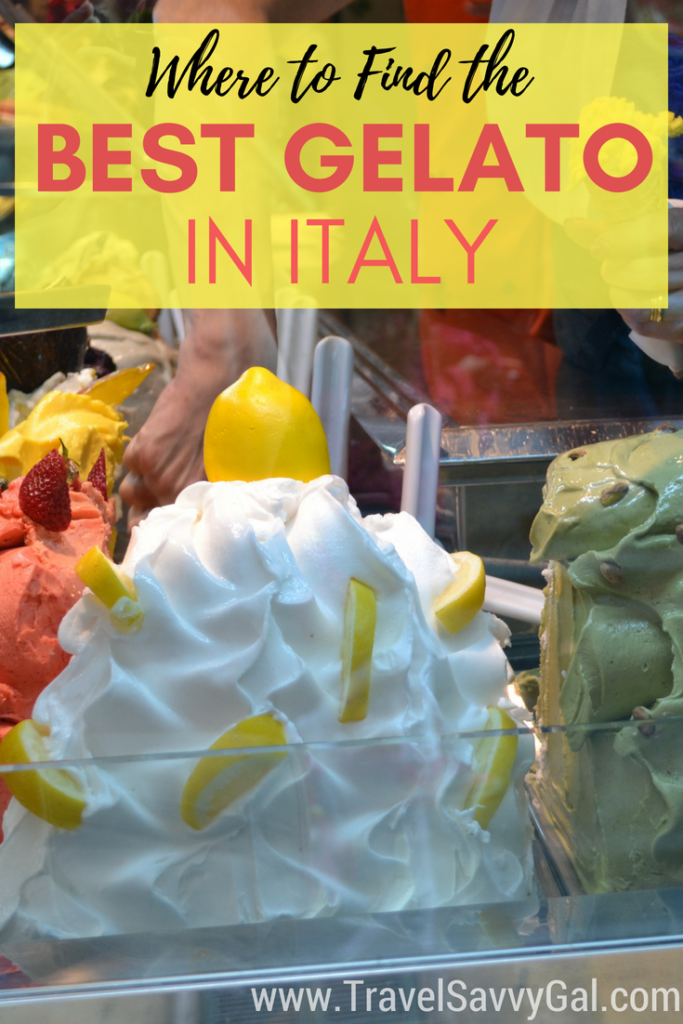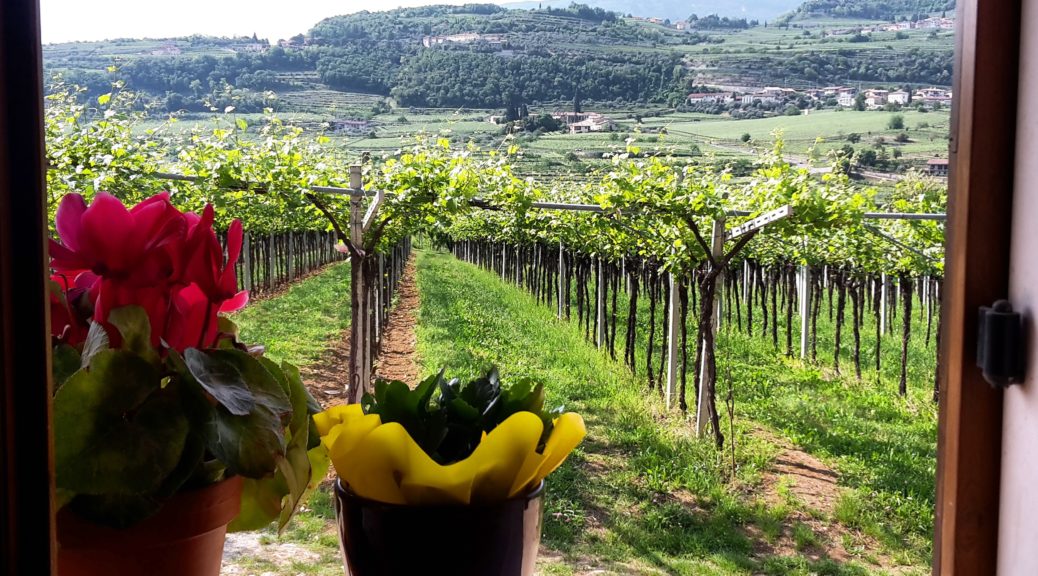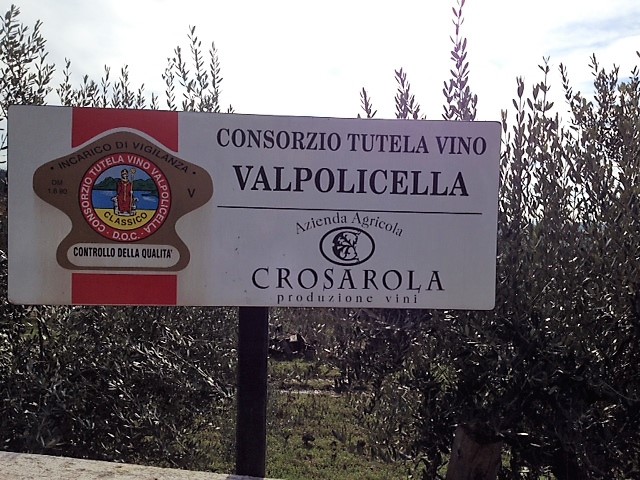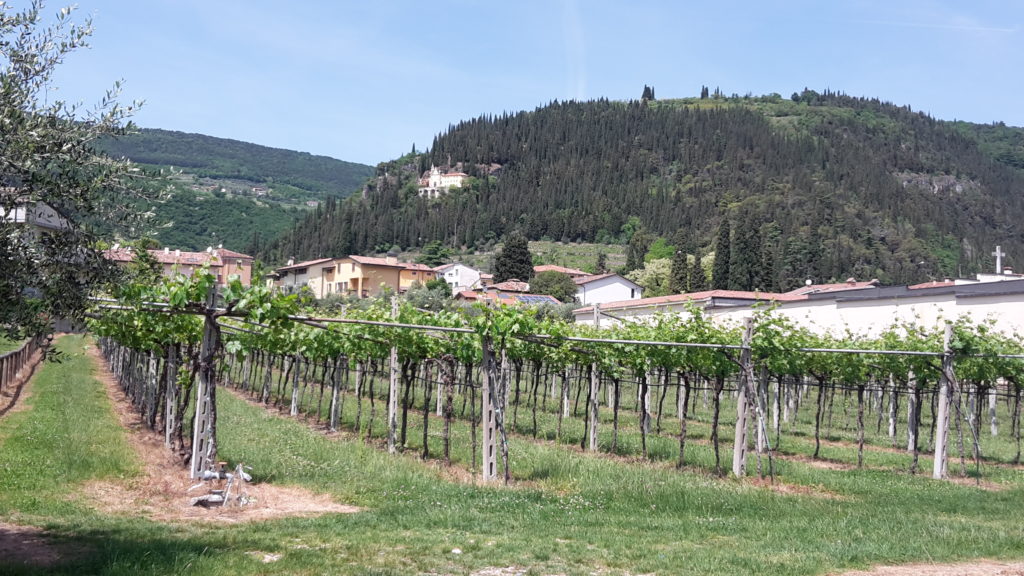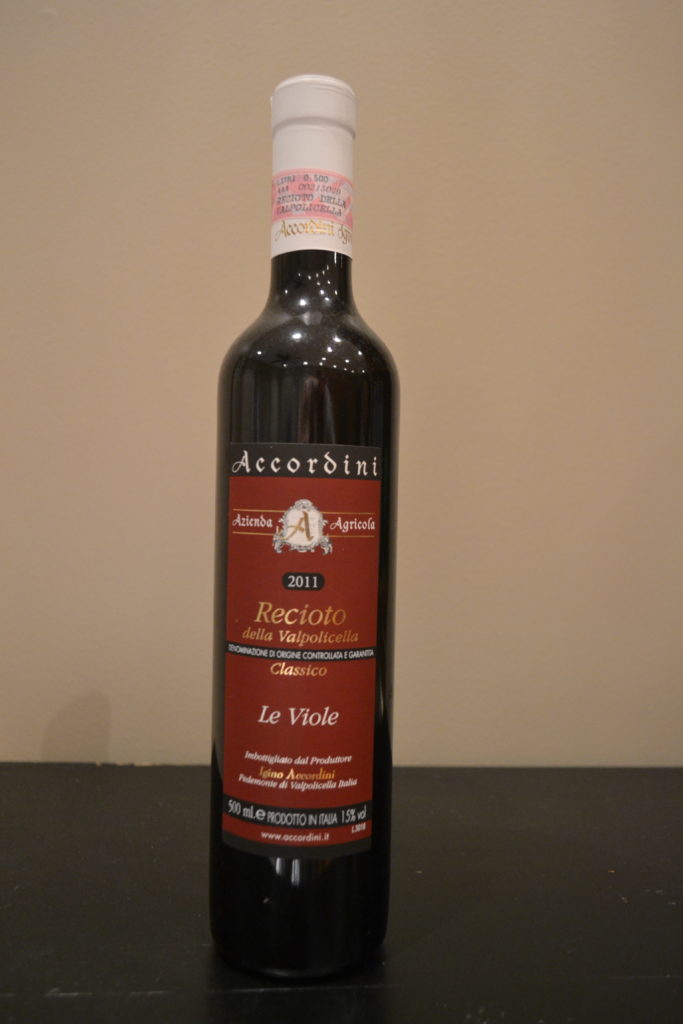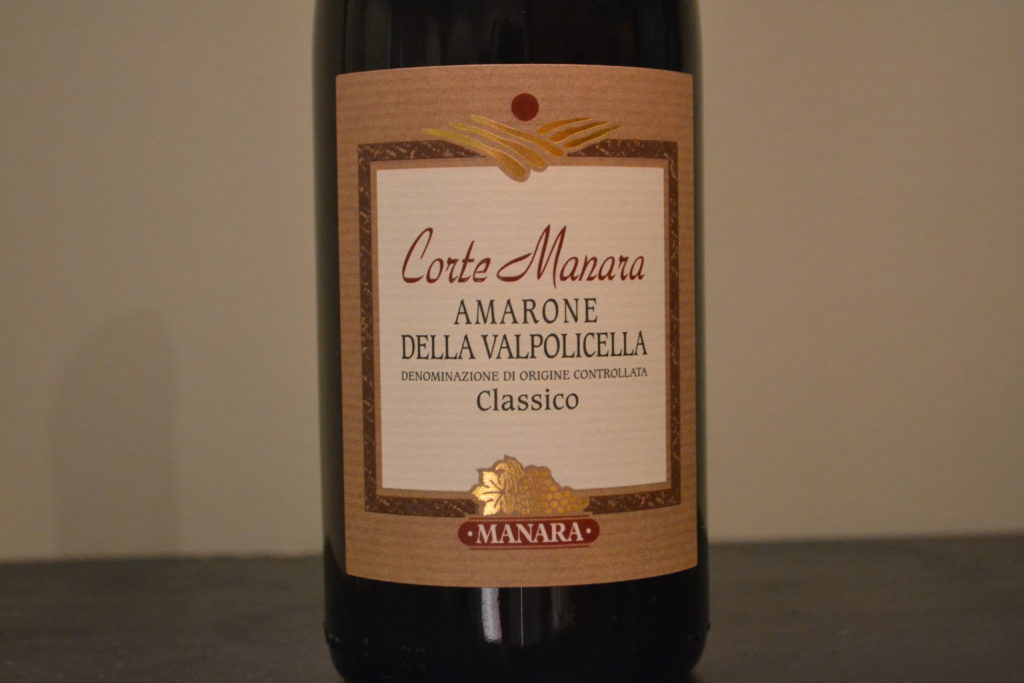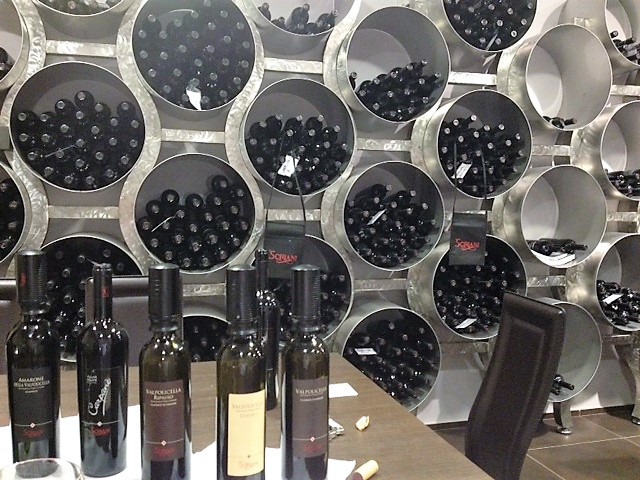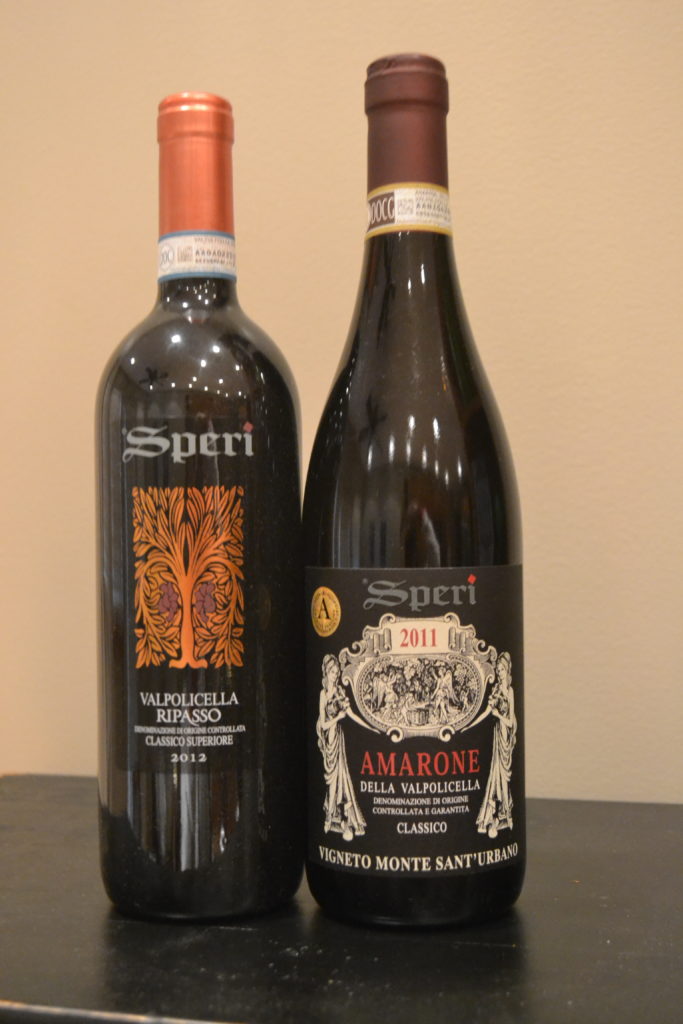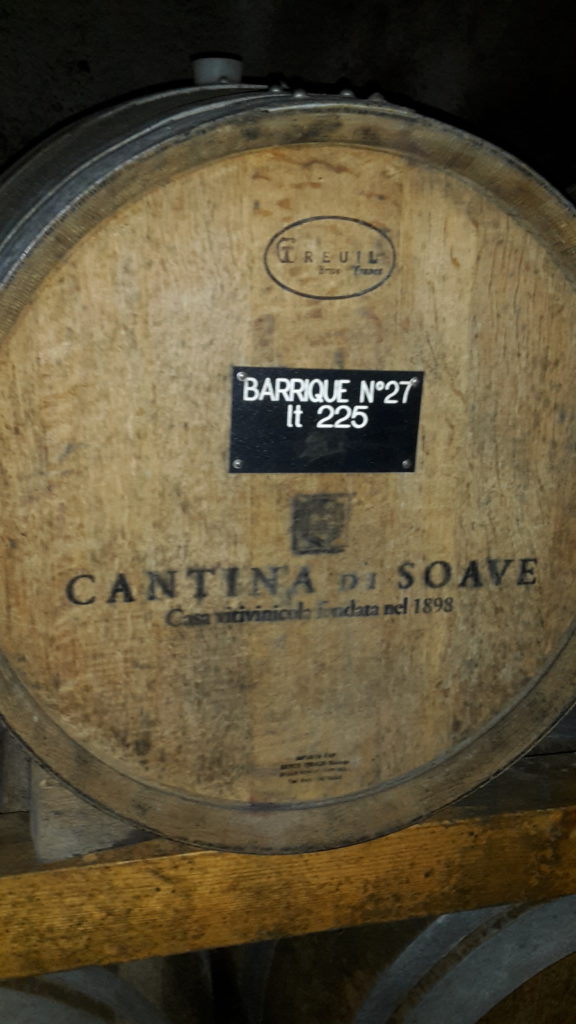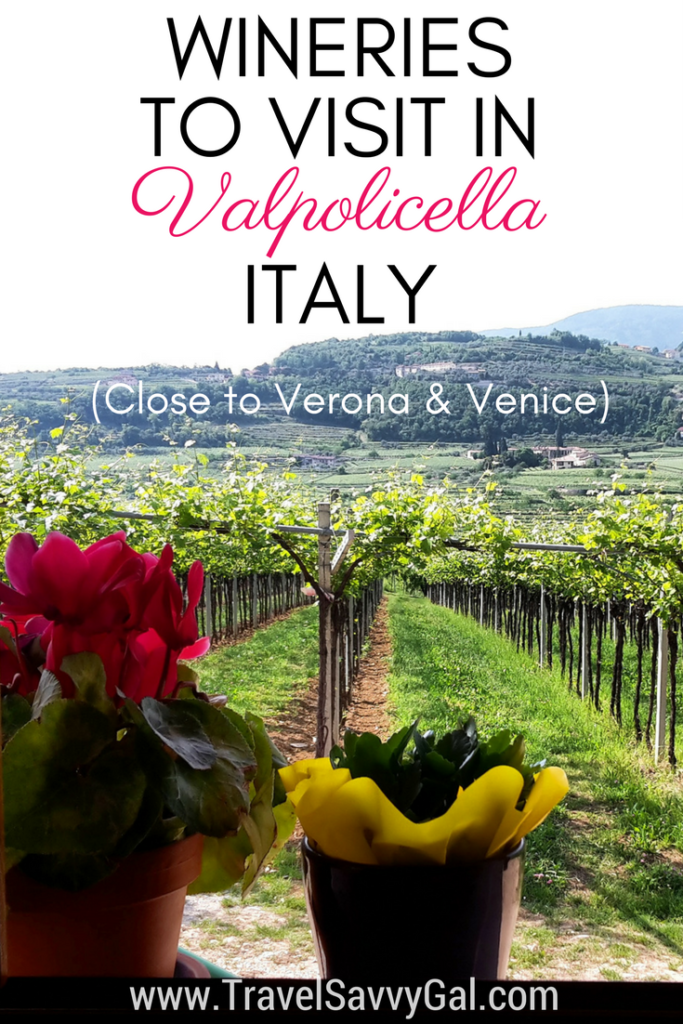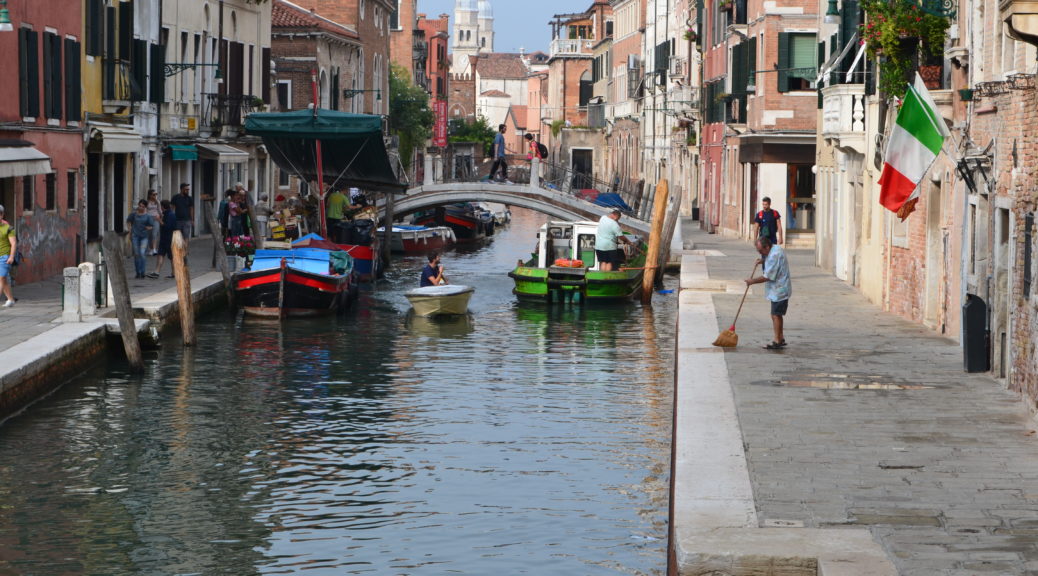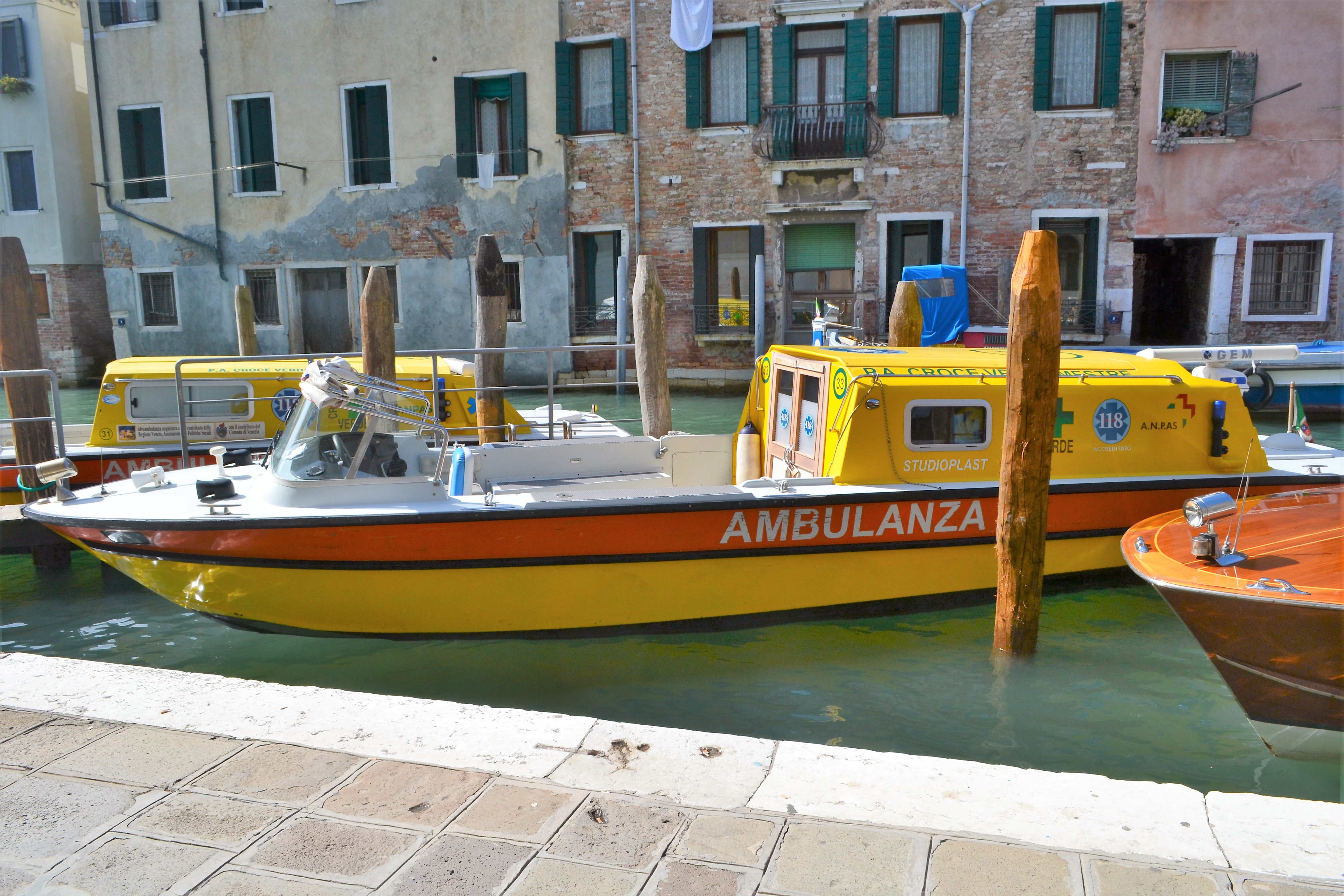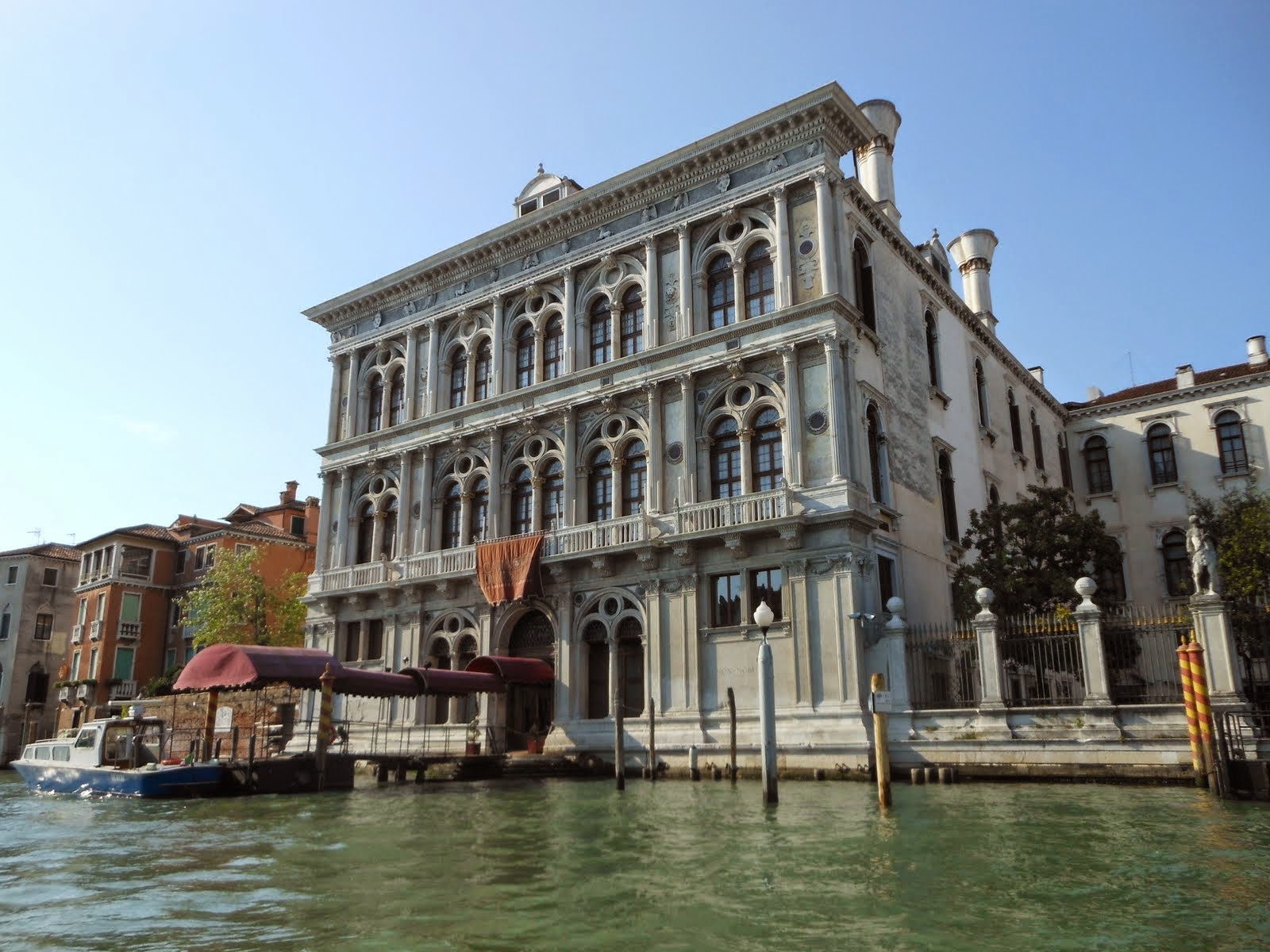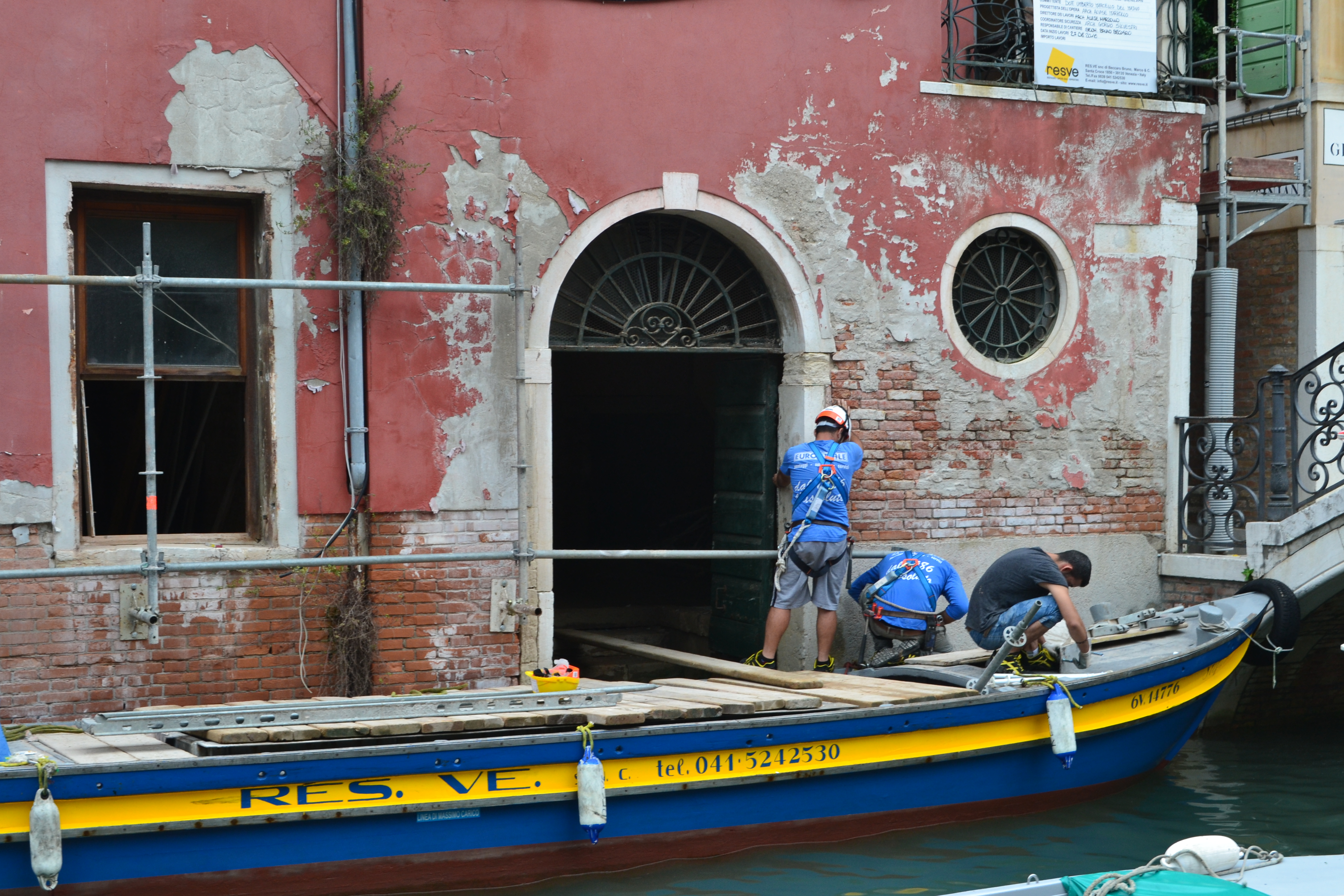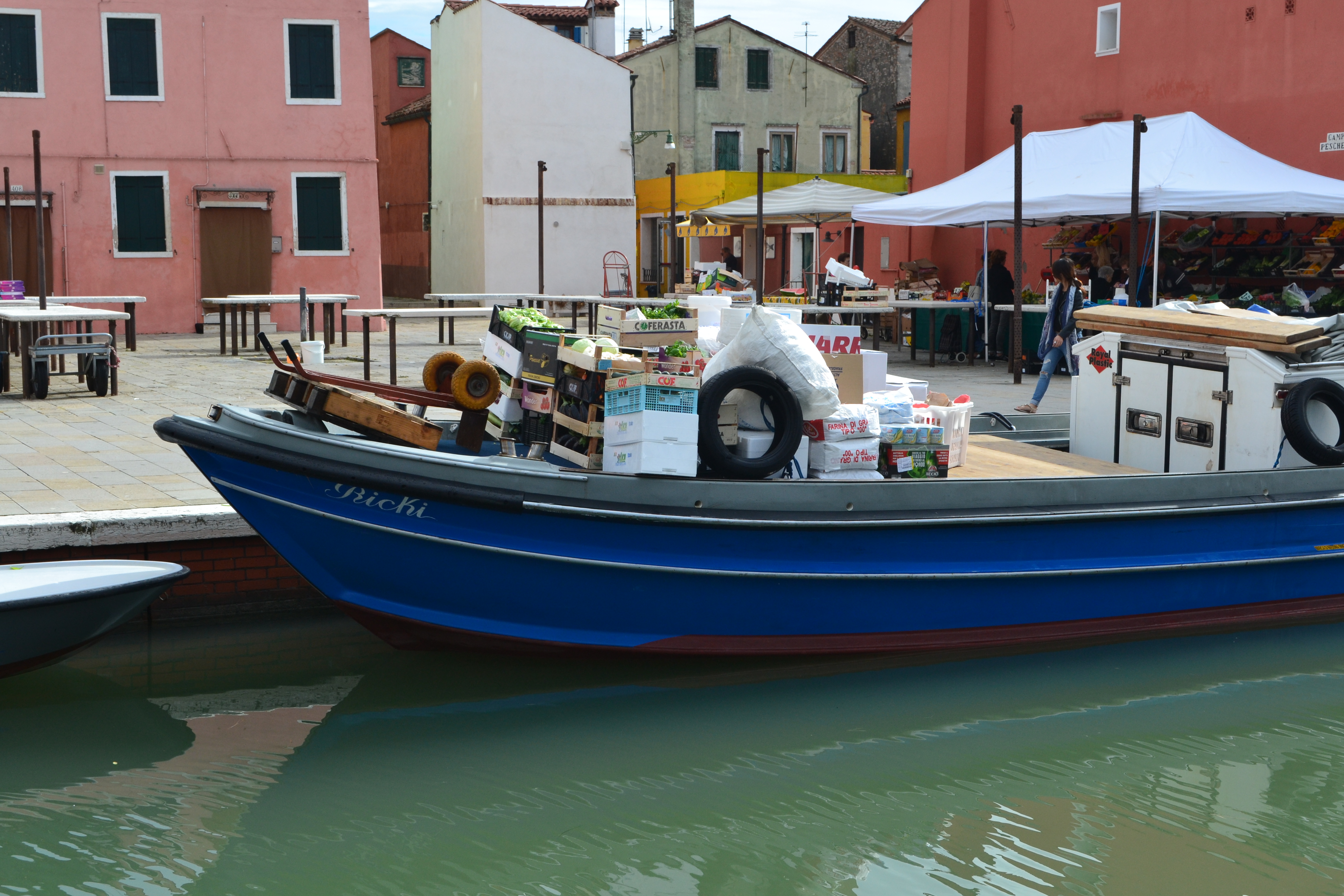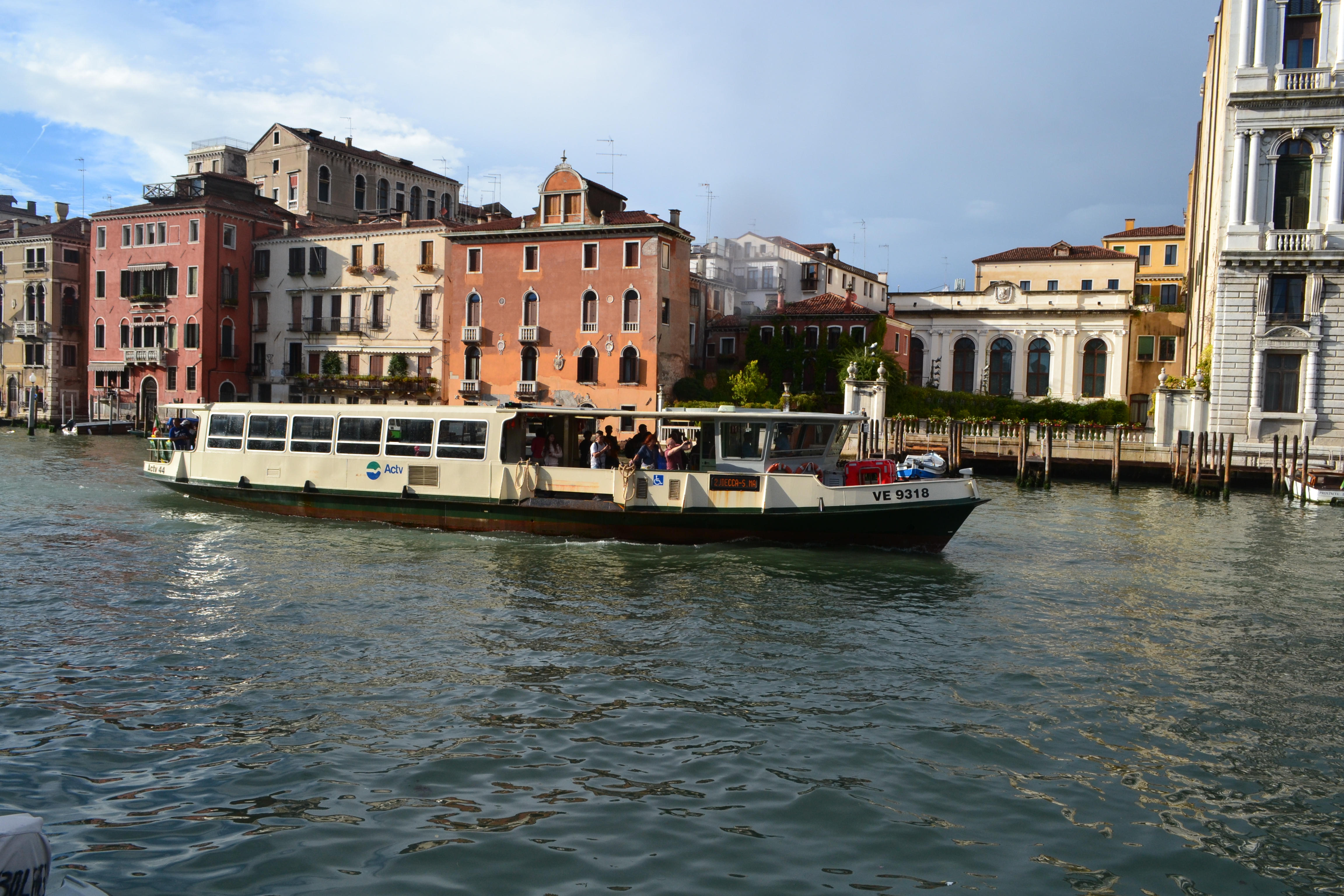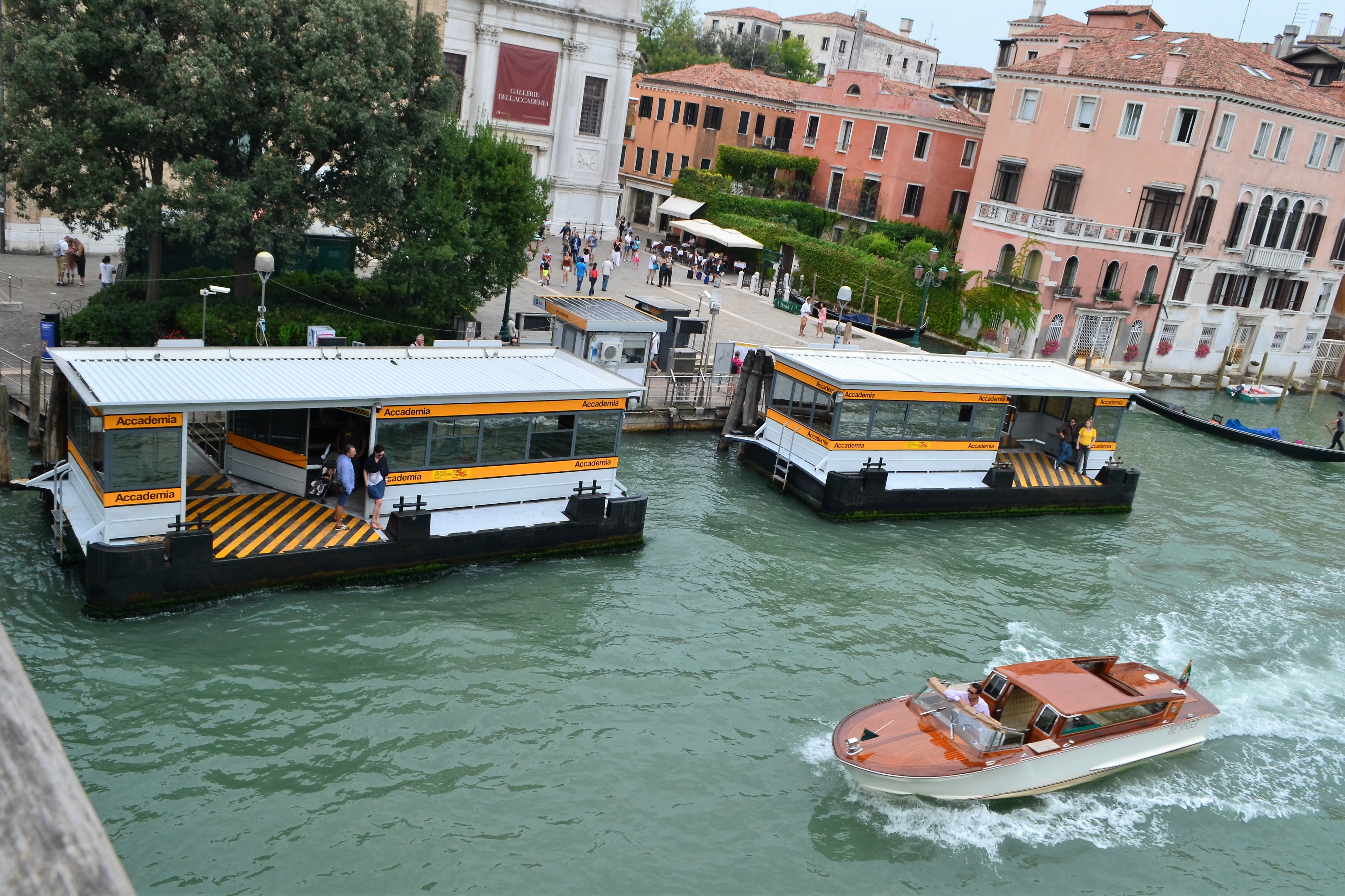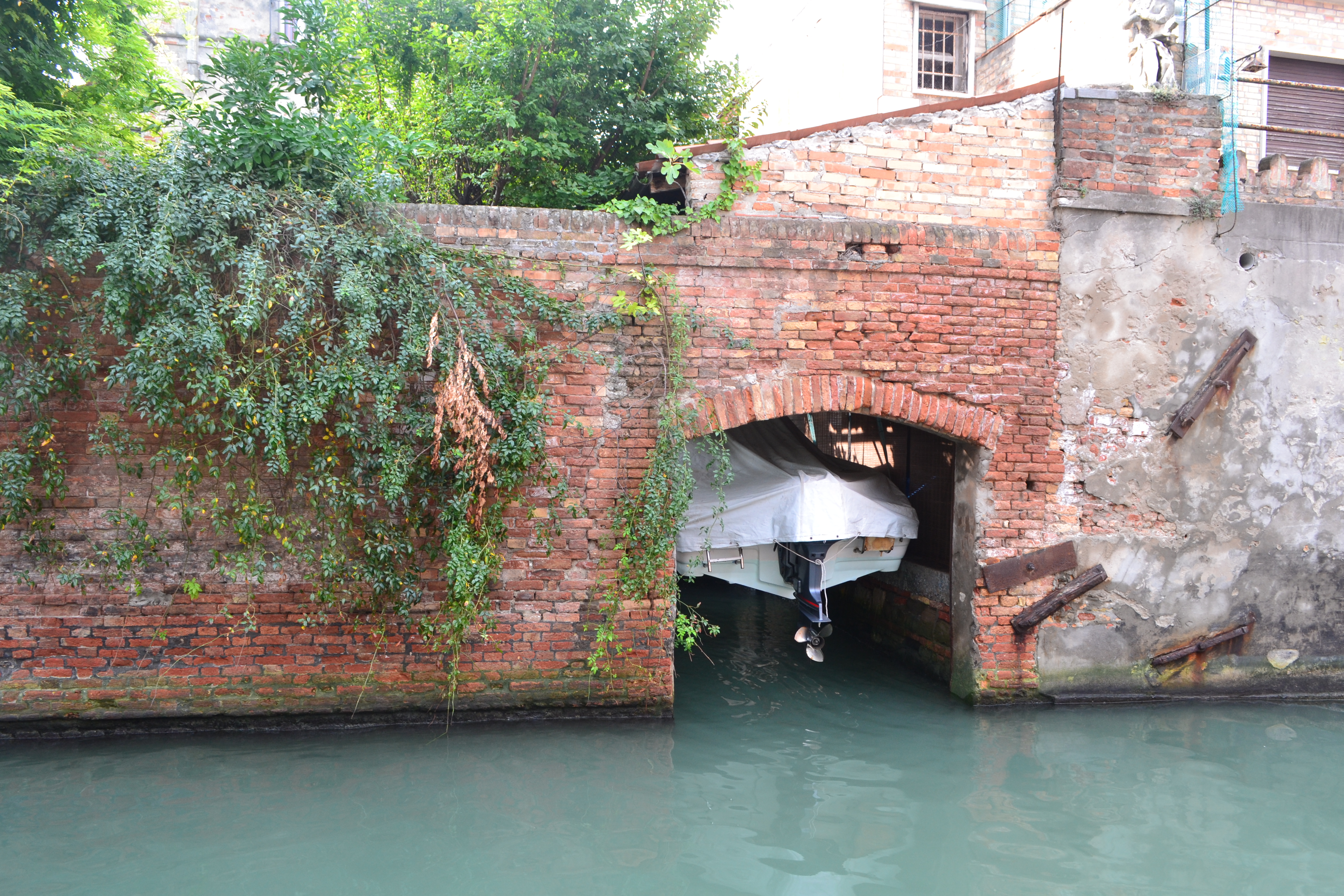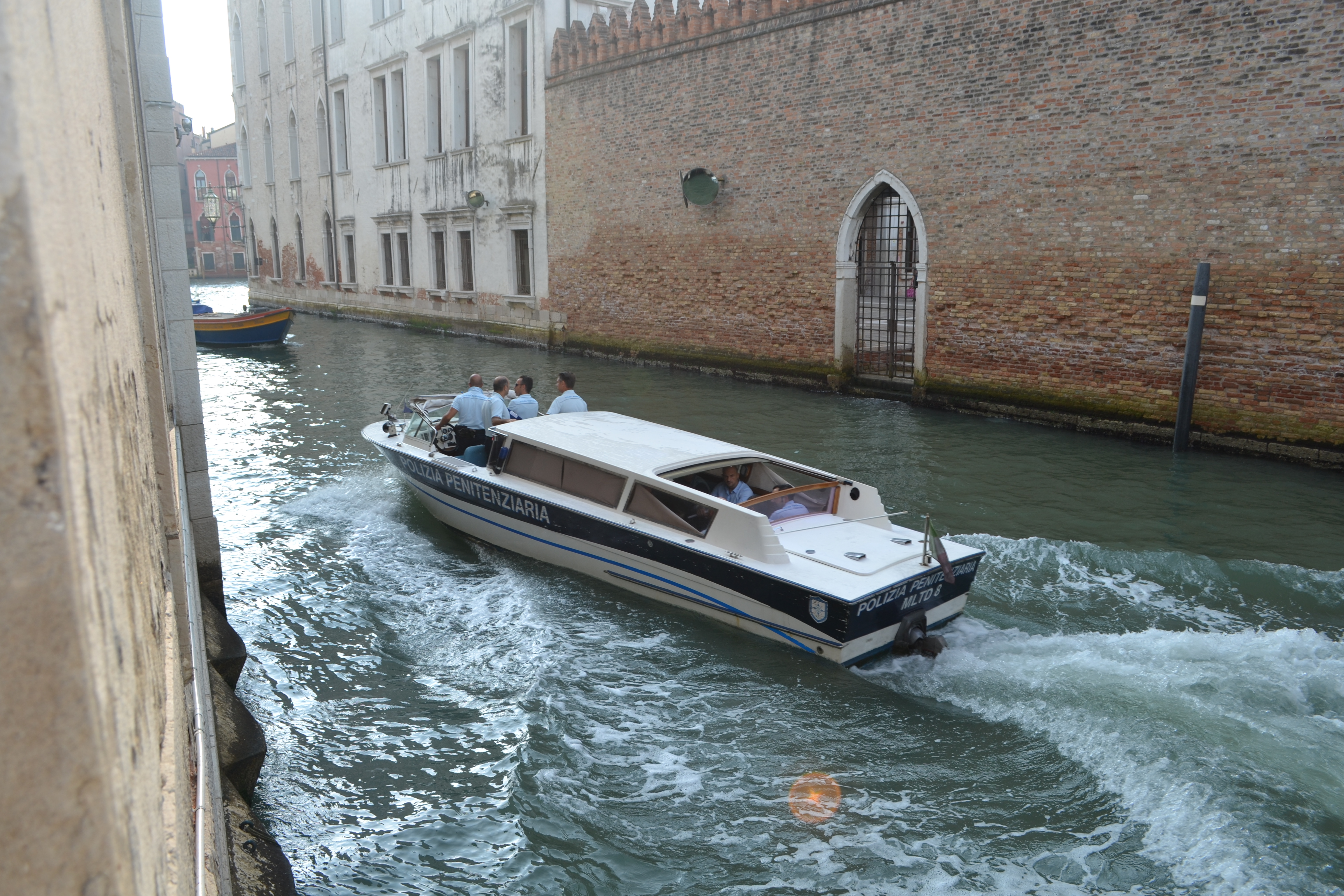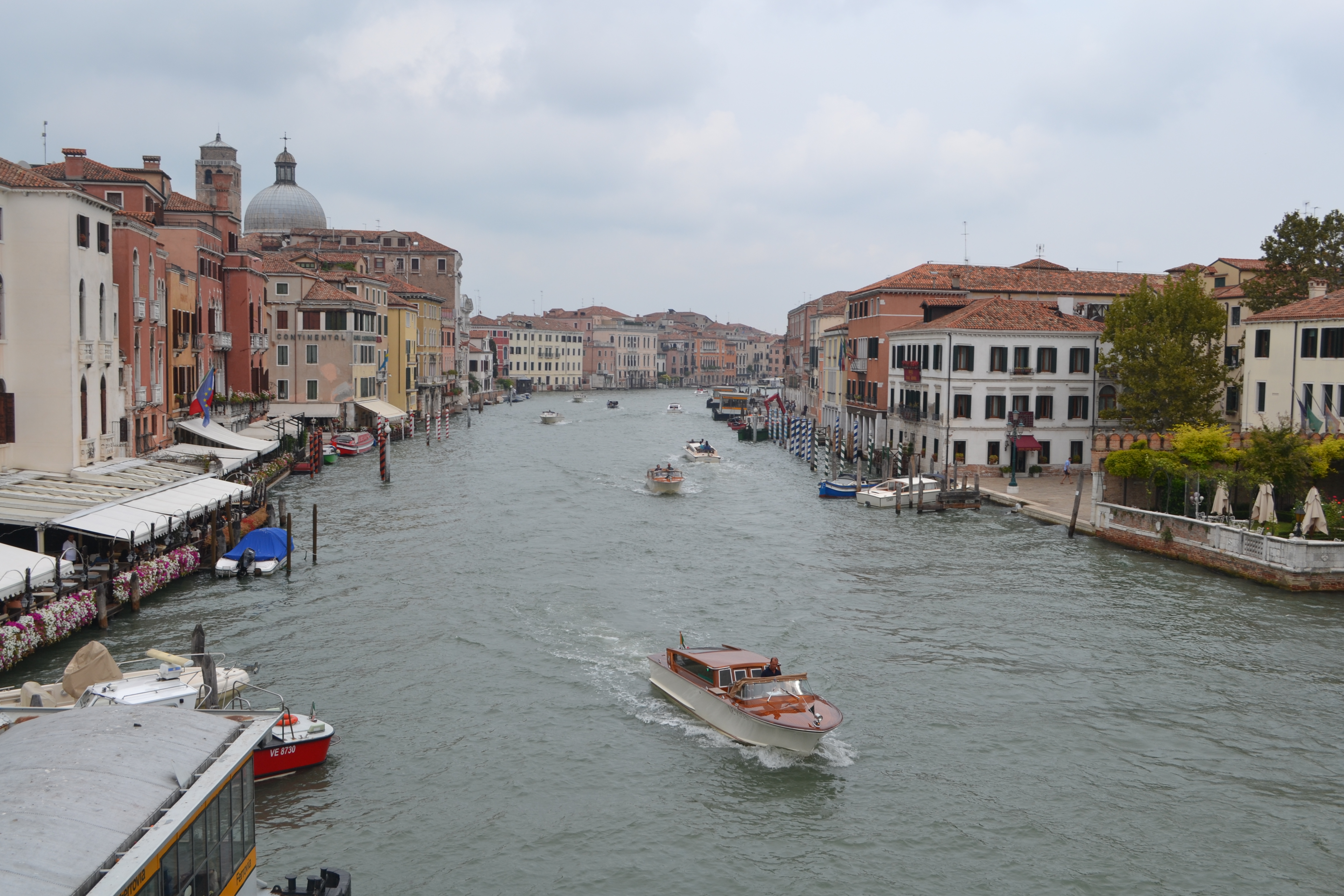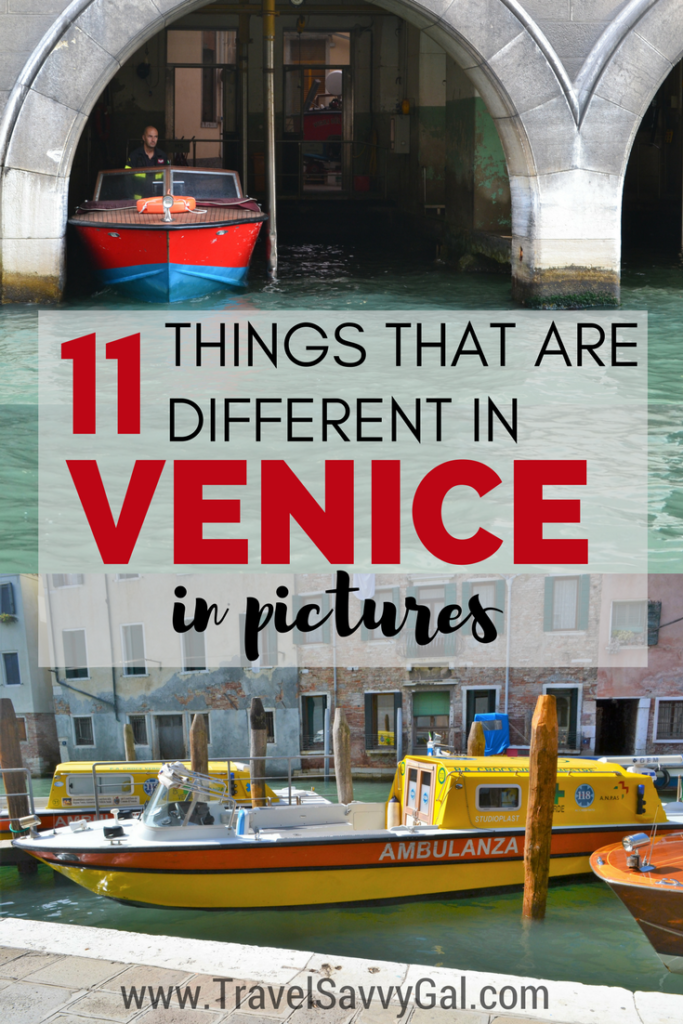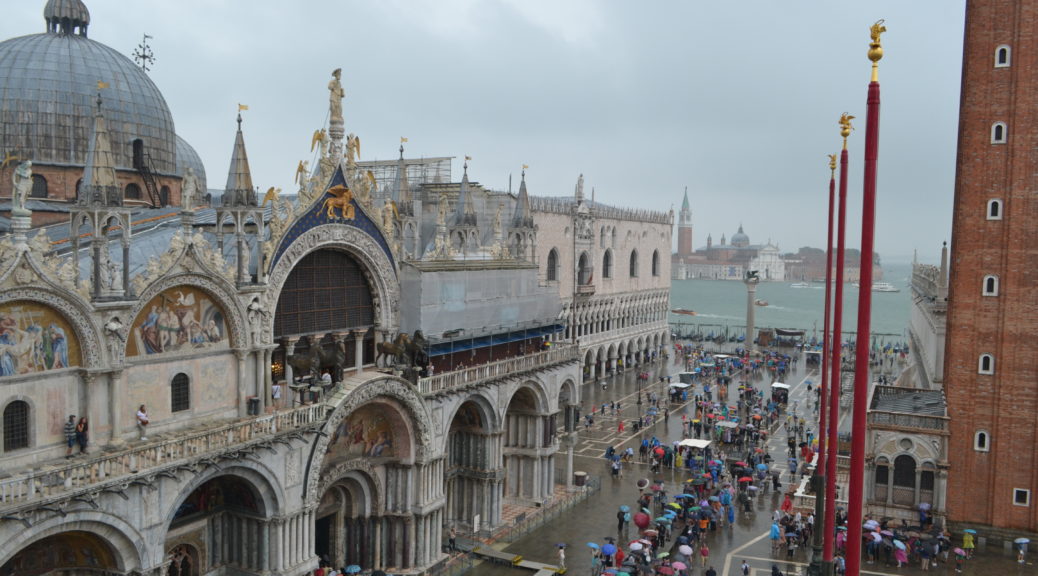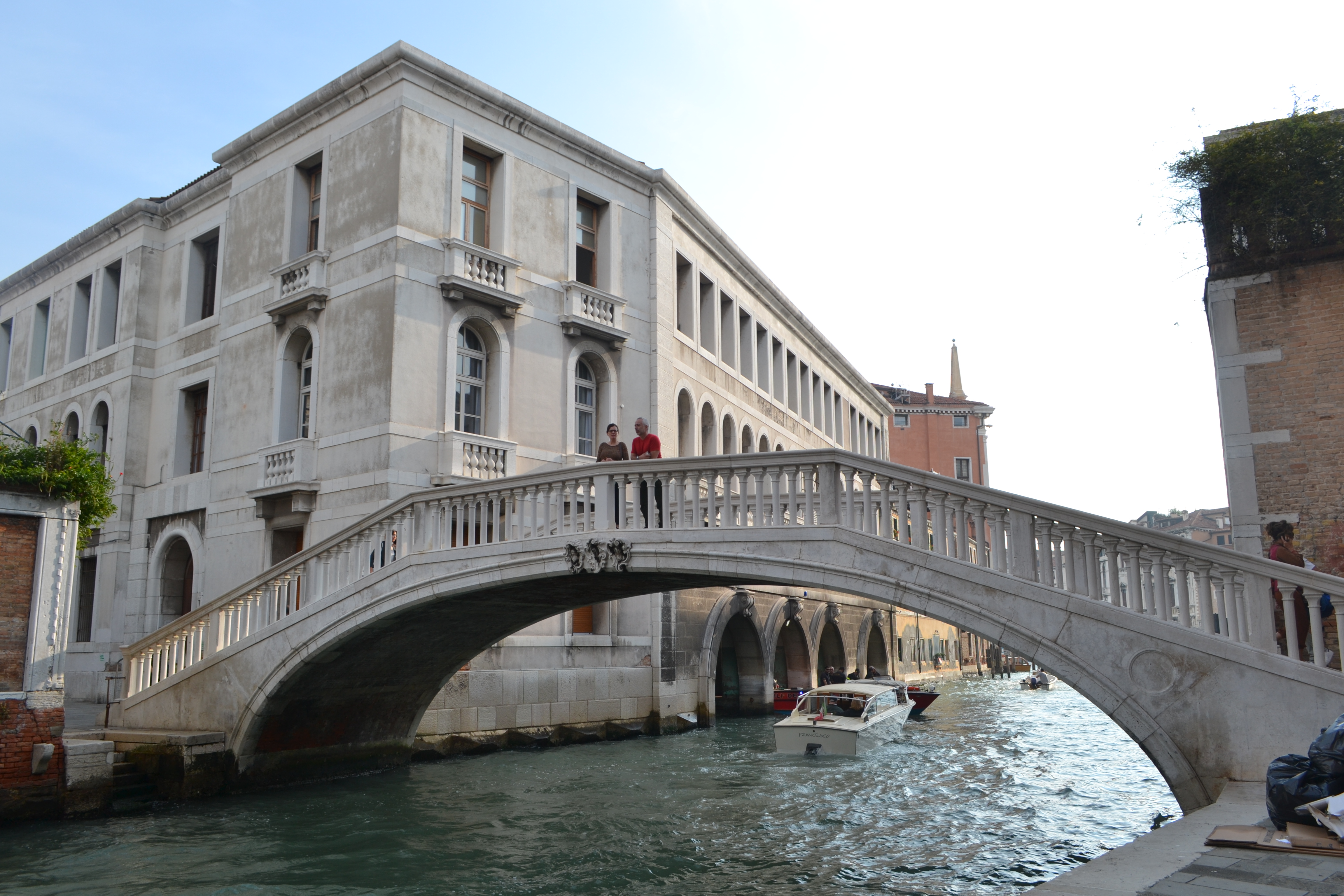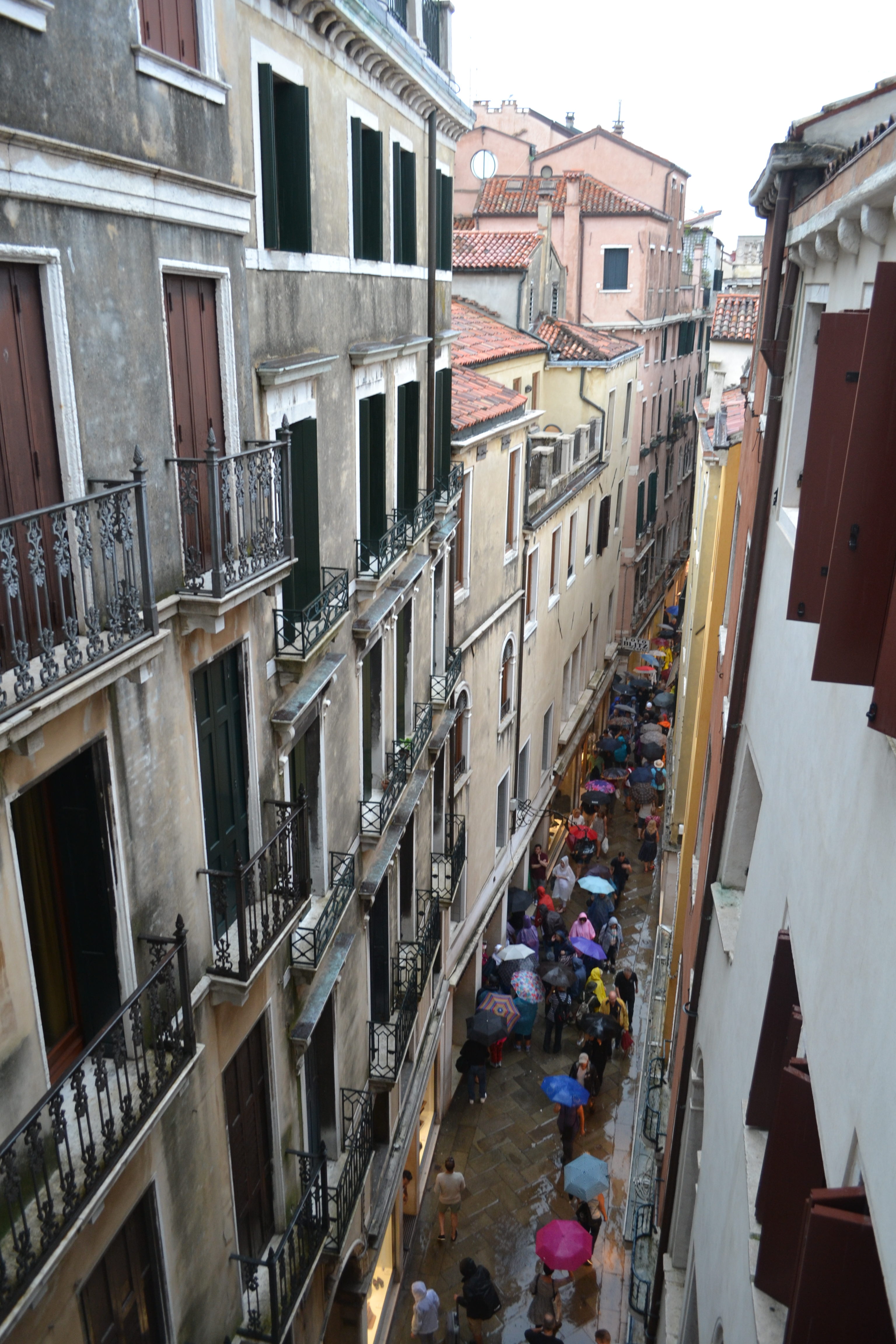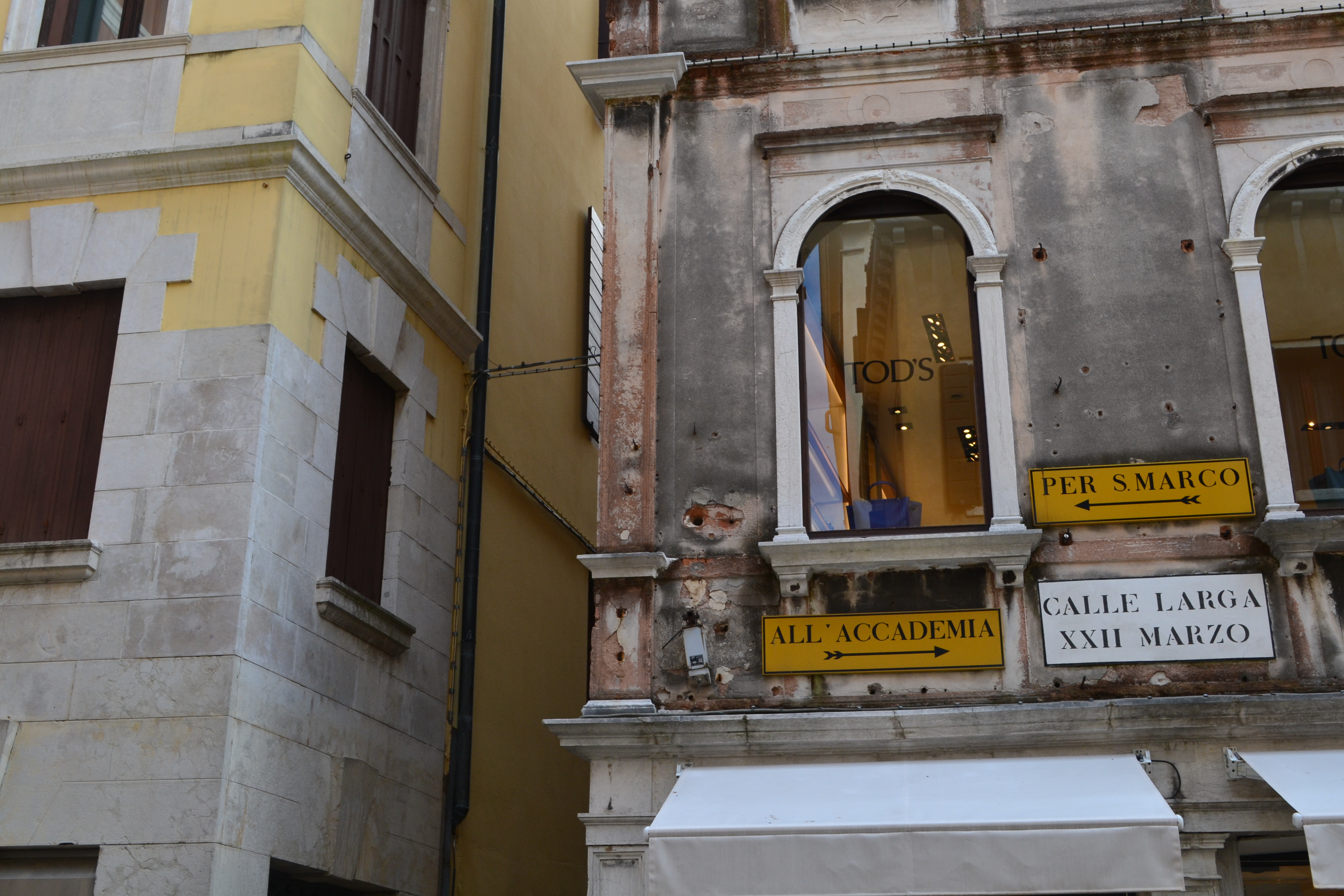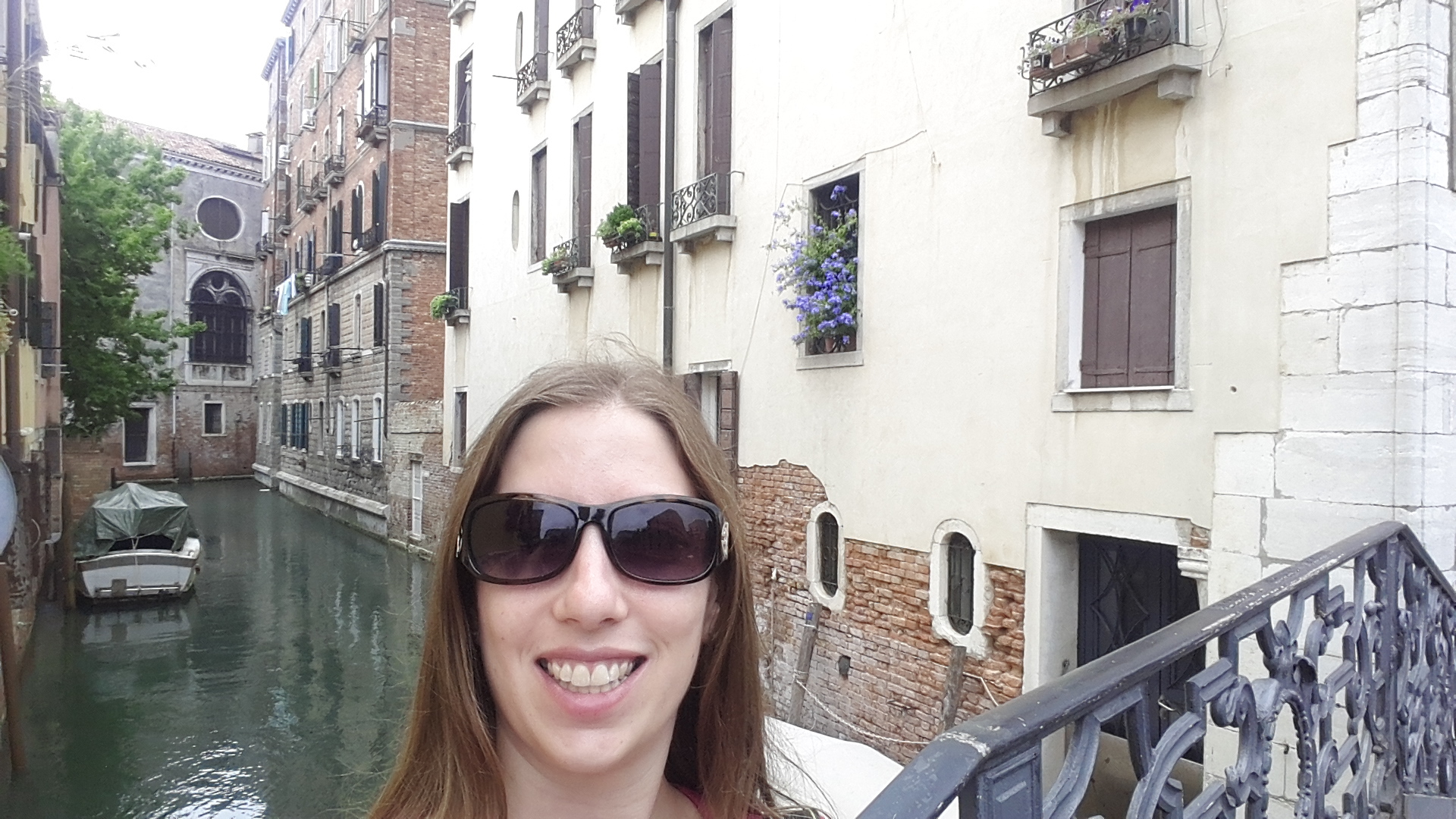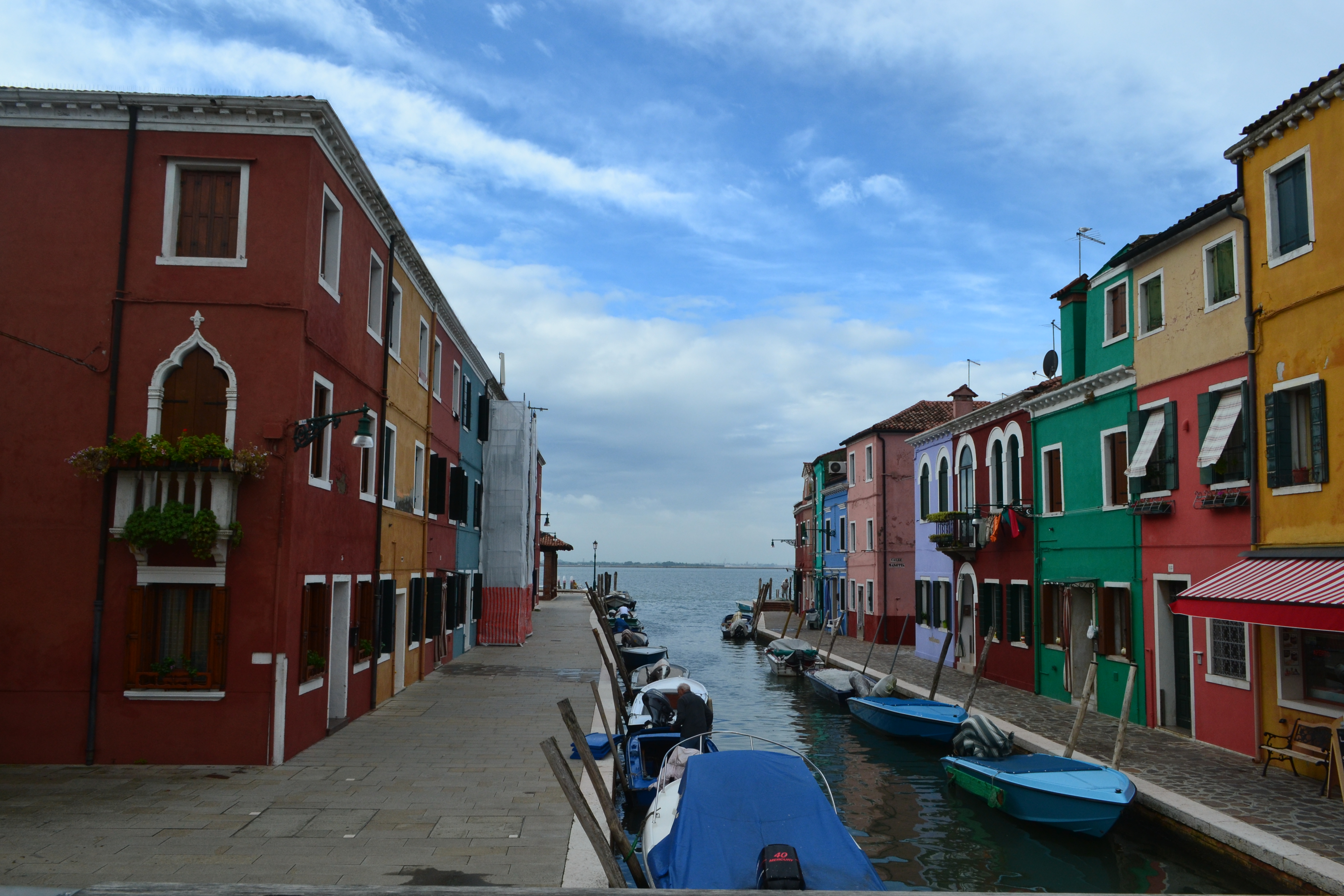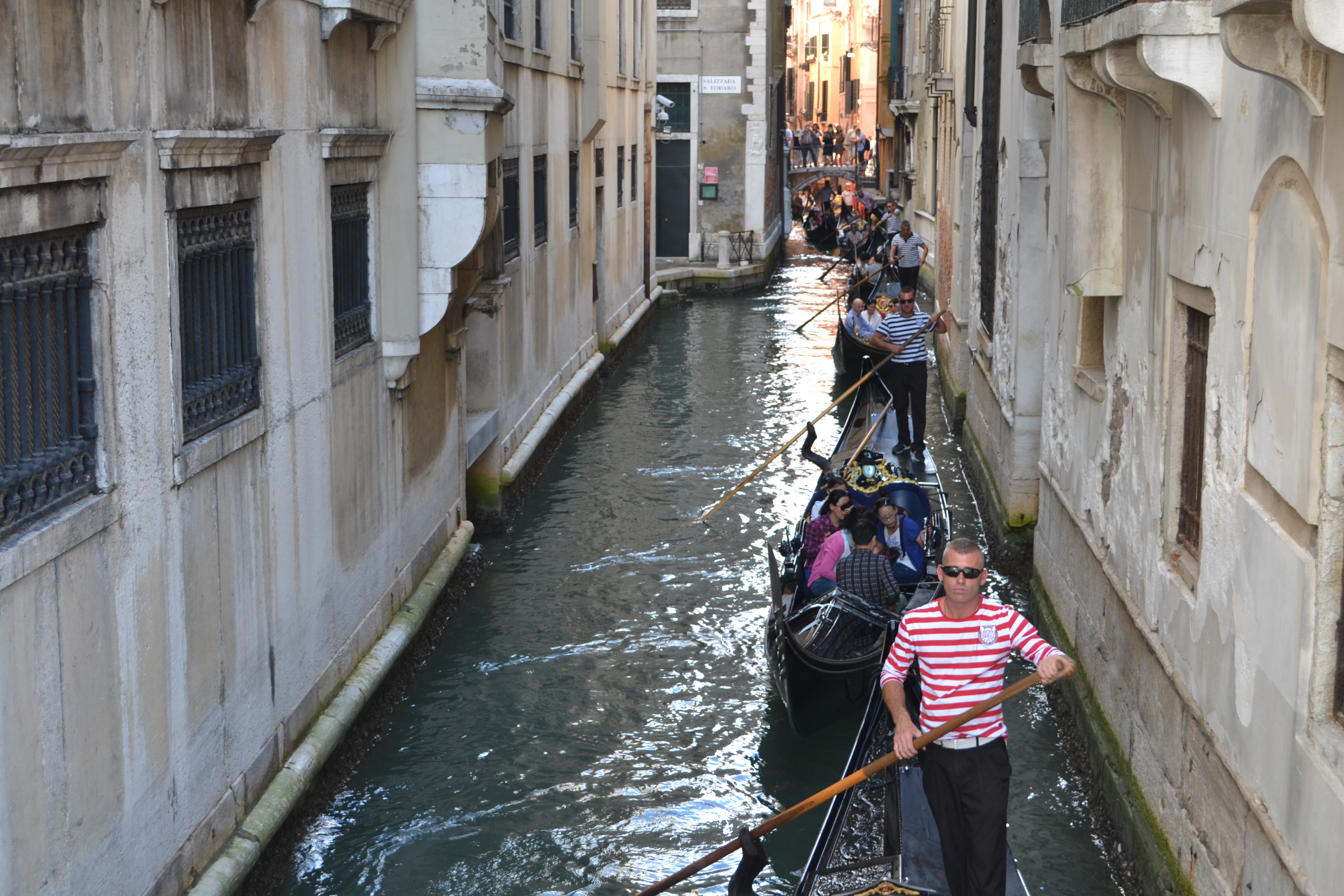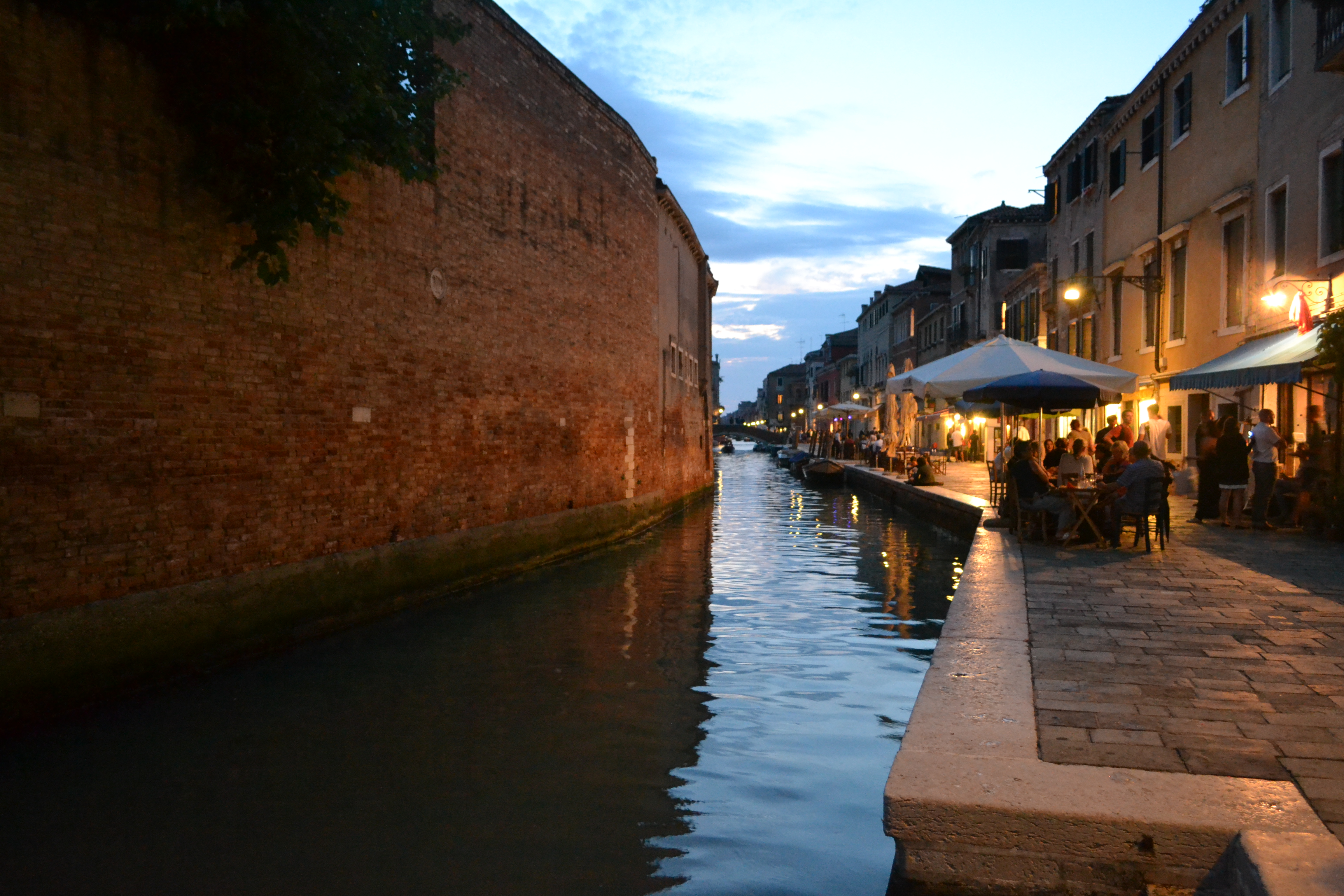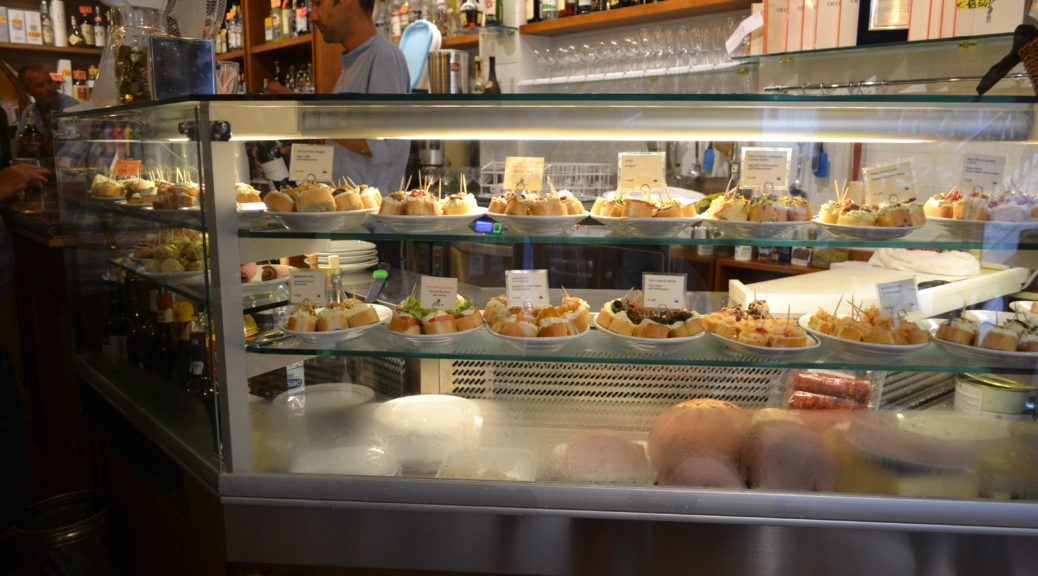
How to Eat Like a Local: Best Cicchetti in Venice, Italy
What is typical, local Venice food? This was one of the initial questions I researched before my first trip to the city.
I often seek out regional specialties when I travel, as another dimension of getting a feel for a destination.
Plus, the local fare is usually best close to the source.
I had some preconceived notions about Venetian food – like seafood, of course – but the surprising part of my research when looking for what to eat in Venice led me to local, Venice tapas that I had never heard of before: cicchetti (chee-KETT-ee).
Venice Food: What are Cicchetti anyway?
Cicchetti is a word in Venetian dialect to describe small bites like tapas, and takes many forms.
The most typical cicchetti you’ll see is some form of topping on small slices of baguette-like bread (think crostini, although I don’t think I’ve ever had my cicchetti bread toasted).
Also common are polpette, which are meatballs or meatball-like mixtures made with fish or vegetables, then breaded and fried.
You’ll also see a fair amount of battered and fried fare, from fish to stuffed squash blossoms – it all depends on the place.
Regardless of the specific type, cicchetti will top any local’s list of what to eat in Venice.
You’ll see Venetians popping into places for a drink and a few cicchetti all day long, and especially at the end of the work day. Some people treat these Venice tapas as an appetizer, like the Milanese aperitivo, to be followed by a sit-down dinner later in the evening. Or a mid-day snack.
READ MORE: Top Aperitivo Spots in Milan
Others pick a single cicchetti location in Venice where they’ll linger for several hours, during which time they’ll eat enough cicchetti to count as a meal.
Or you can always stop into a few different bars as you might do sampling tapas in Spain, consuming a beverage and a cicchetto or two at each place.
Now that I’ve traveled to Venice on multiple trips, I’ve tried my fair share an obscenely large number of cicchetti spots – and have some favorites and definite opinions on the best cicchetti in Venice.
But when it comes to what to eat in Venice, nothing beats sampling these Venice tapas.
TRAVEL SAVVY TIP! In general, wherever you are outside the central touristy area, you can spot the locals’ favorite bar by the crowd gathered outside, so keep your eyes open as you stroll around.
TRAVEL SAVVY TIP! Watch the opening hours and days as some Venice cicchetti places are open late into the night, while others cater more to the breakfast and lunch crowd, shuttering by 7pm or so.
I have visited all of the cicchetti spots listed below.
My Venice cicchetti picks are listed in order of preference (with my favorite bars first), and also in clusters of places that are close to one another geographically – so this is an easy-to-use guide if you’d like to cicchetti bar hop.
TRAVEL SAVVY TIP! If you’re wondering what to eat in Venice as a solo traveler, cicchetti are ideal! You can grab them on the go or sit at a Venice tapas bar soaking up the atmosphere without feeling out of place.
READ MORE: How to Eat Well When You Travel Solo
If you’d prefer to have a cicchetti tour instead – and let the tour guide do all the hard work – there are plenty of organized options available as well.
Where to Find the Best Cicchetti in Venice
Cicchetti Close to Accademia and the Peggy Guggenheim Collection
Cantinone Gia’ Schiavi
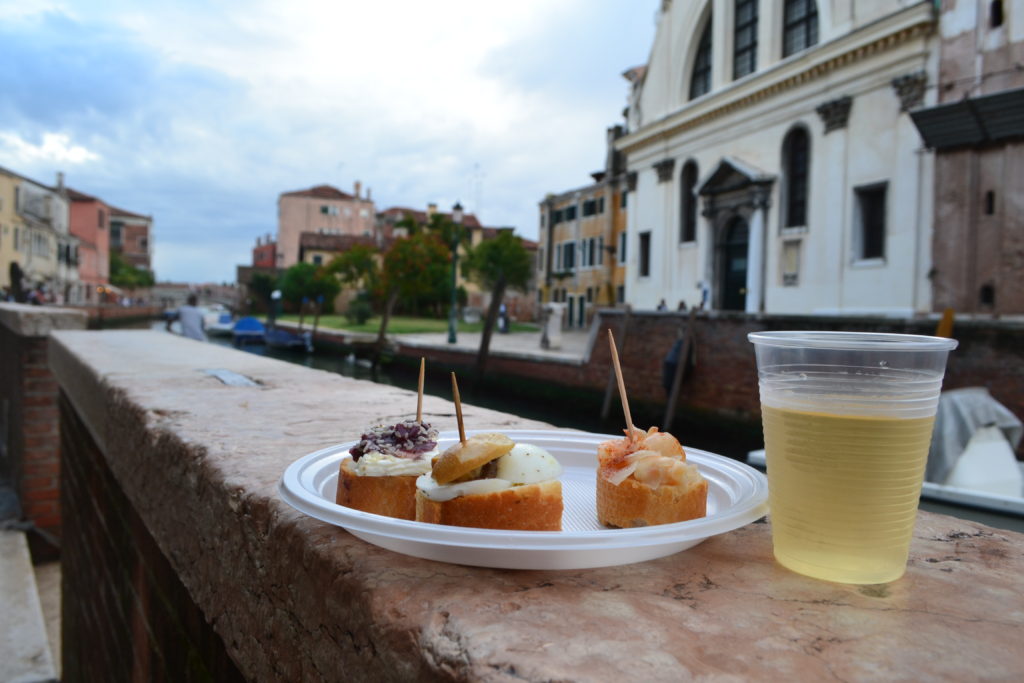
I like this spot for the old Venice feel coupled with interesting combinations of flavors on their cicchetti, like primosale cheese and radicchio, or less-seen but delicious ingredients for cicchetti, like truffle spread.
The cicchetti are on smaller pieces of bread than other places, but this just means you can try more varieties.
Plus, it is very affordable – 3 cicchetti and a glass of wine on my recent visit set me back only €5.60 (US$6).
TRAVEL SAVVY TIP! This spot is off-the-beaten path, but thankfully close to two main art attractions in Venice – the Accademia and the Peggy Guggenheim Collection – so if you’re seeing art in the afternoon, you can pop in here afterward before heading back to other parts of the city.
Where to Stay Nearby: Quaint Bed & Breakfast Residenza Corte Antica is just on the other side of the Accademia Bridge over the Grand Canal. Read reviews and compare prices HERE.
Cicchetti in the Cannaregio area of Venice, east of the Train Station
If you’re going to cicchetti bar hop in one spot, this is the area of Venice I’d recommend you go.
In particular, the stretch along the canal walking between the first two places is away from the tourist fray and has a lot of lively spots to pop in for a drink or more formal places for dinner.
Or just enjoy the relaxed atmosphere as you stroll between these three spots:
Vino Vero
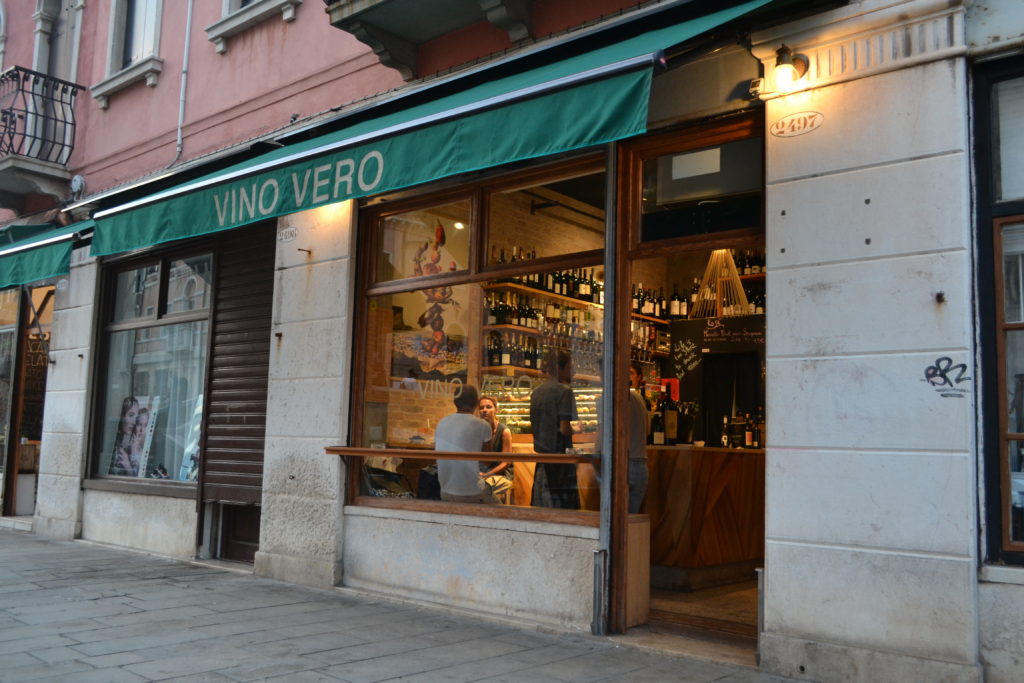
For what to eat in Venice, look no further than this gem.
The cicchetti here are both colorful and delicious, and it’s situated in a lovely spot with tables out overlooking the water. Stop by for a few cicchetti, or stay for your entire meal like many others did when I visited.
The night I went, there was even a boat tour that pulled up in the water and had one person jump out to grab some cicchetti for the passengers to sample.
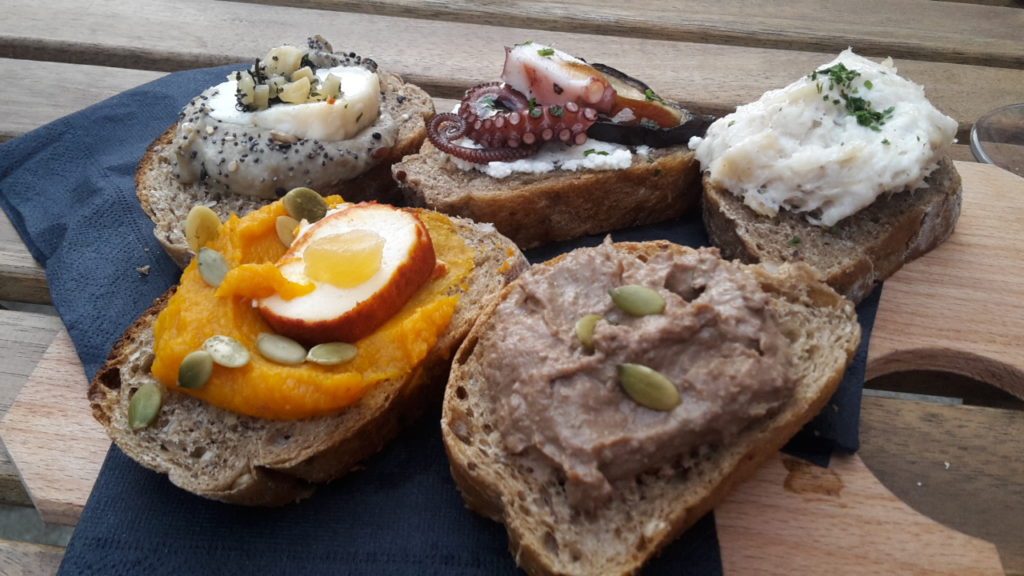
Cantina Aziende Agricole Roberto Berti
I did not eat any cicchetti here, although there were several typical ones available.
I did enjoy a glass of wine though, and they have quite a great selection to choose from.
There are only a few tables outside, but this is a great spot for people-watching as it’s along the street that many locals stroll along in the early evening from the train station to this more local part of town.
Osteria al Cicheto
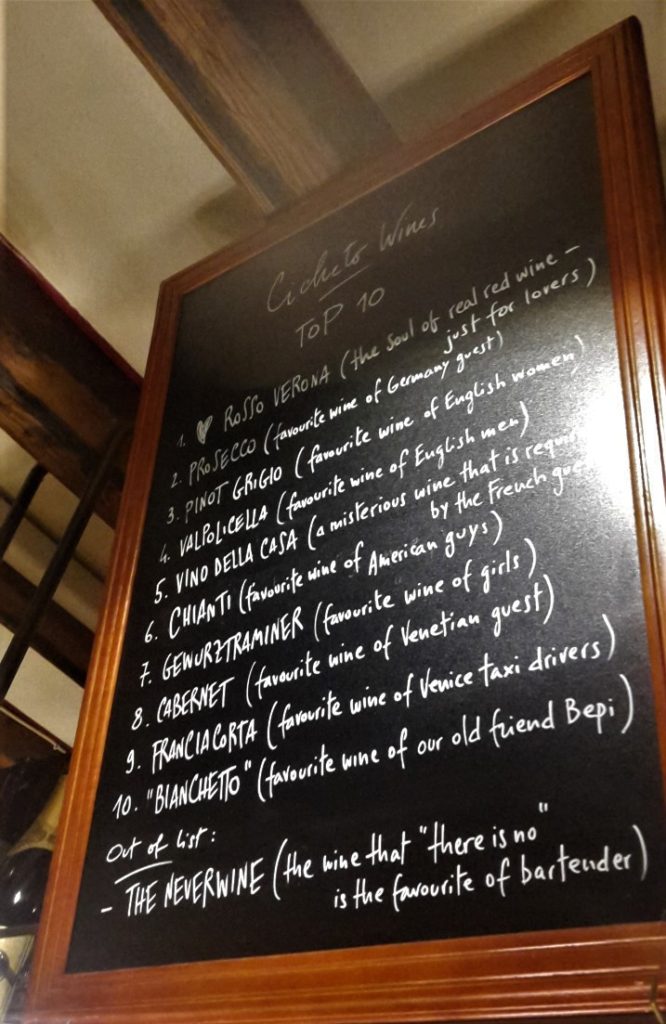
Don’t let the location close to the train station fool you, this is a spot where locals congregate as well as some tourists.
This osteria is down a very narrow alleyway so you may get lost in your quest for Venice tapas – possibly walking past the turn off from the main street the first time like I did – but it is worth seeking out for the friendly staff and high-quality cicchetti ingredients.
There is a decent amount of table seating and also spots around the bar, and could easily be a spot for a full meal.
Where to Stay Nearby: The luxurious Hotel Carlton is just on the other side of the bridge from the Santa Lucia train station. Read reviews and compare prices HERE.
Cicchetti in the Santa Croce area, south of the Train Station
Hostaria Vecio Biavarol
This is the closest of the spots to the train station, making it not that far from Osteria al Cicheto (listed above). The cicchetti are also delicious, and they are more than happy behind the bar to steer you in the right direction for both the food and wine choices, in a beautiful location.
Bacareto Da Lele
This is my least favorite of this cluster of three cicchetti spots, although it’s quite popular – you’ll spot it easily by the lively crowd outside.
I’d skip the food but often enjoy a drink here and soak up the atmosphere, adjacent to the water on one side and overlooking a church square on the other.
Cantina Arnaldi
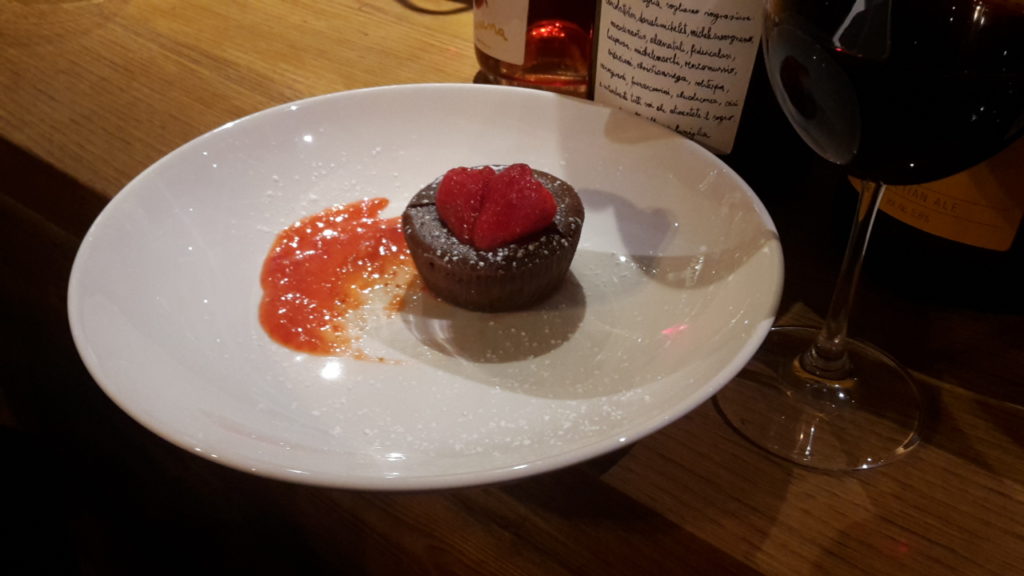
Cantina means a wine cellar in Italian, and the delicious wine selections here live up to the name.
There are also varied, tasty cicchetti and this place is the most conducive of the nearby spots for staying for an entire meal. People will linger later into the evening enjoying just one more glass of delicious wine.
Where to Stay Nearby: A brief walk from Cantina Arnaladi, recently renovated Ca’ Riza is a convenient yet homey spot (and offers rooms from singles to quadruples). Read reviews and compare prices HERE.
Four-star luxury at Hotel Moresco is also just a short stroll away. Read reviews and compare prices HERE.
Cicchetti in the San Marco area, just east of St. Mark’s Square
Magna Bevi Tasi
This is obviously in a very tourist-filled part of town, but is just far enough away to be a nice escape from the crowds, with some tasty bites and great beverage selection.
It’s also nice to sit outside on the busy piazza and watch the crowds as you enjoy your cicchetti.
Where to Stay Nearby: The affordable luxury of Locanda Al Leon is just steps away. Read reviews and compare prices HERE.
Cicchetti in the San Marco area, south of Rialto Bridge
Enoteca Al Volto
If you are going to several cicchetti spots around Rialto (see the several other options below also), I highly recommend coming here first – the ambiance is local despite its proximity to high-traffic tourist areas, and the cicchetti are high-quality.
Cicchetti in the San Polo area, north of Rialto Bridge
The three spots below are definitely the most touristy of the list, due to their proximity to Rialto Bridge – and to each other.
Their doors are filled with stickers of international recommendations, and the clientele reflect that. You’ll hear a lot of English and other languages besides Italian, and even see tour groups clustered outside sometimes.
But they’re popular by being convenient to where visitors will already be.
And if your time in Venice is limited, these may be the places you check out for cicchetti (in addition to Enoteca Al Volto, which is also close to Rialto Bridge and listed above):
Cantina Do Spade
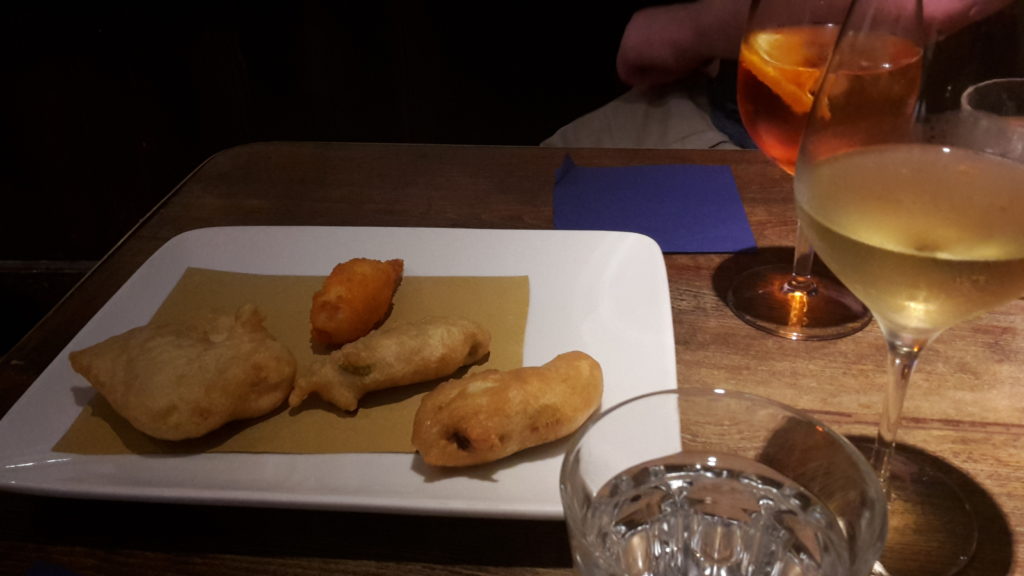
This is my favorite spot of the three cicchetti bars on this side of the Rialto Bridge, for its solid cicchetti choices and traditional atmosphere.
There is a warmth and a buzz about the place that make it clear how cicchetti became a Venetian tradition. And at Cantina Do Spade, they should know – this spot has been perfecting Venice food since 1448! (No, not a typo.)
All’Arco
Another traditional place quite close by, All’Arco tends to close earlier than the other spots, so swing by for lunch or early in the evening for a great wine pour and typical Venetian hospitality.
Osteria Alla Ciurma
I find the cicchetti here a bit greasy, and there are a lot of tourists (and tourist groups) that stop by.
While it’s not my favorite food stop, it is another location quite close to the others mentioned above that has great local wine choices.
TRAVEL SAVVY TIP! Ask about the wine in the large container at the bar.
Where to Stay Nearby:
Explore AirBNB options HERE
Check Hotel and B&B prices in Venice HERE
Want to know more about Venice and making the most of the city?
Check out my 10 Commandments for Visiting Venice. I also have a fun picture series of 11 Things That Look Just a Bit Different in Venice and of course my comprehensive Venice Cheat Sheet, which includes more Venice food options, with some great restaurant options (besides all the places mentioned above for finding the best cicchetti in Venice).
Looking to book a room in Venice? Check out these great spots!
- Ca’ Riza – Ideal for Solo Travelers or Groups
- Locanda al Leon – Best Value for Money
- Residenza Corte Antica – Quaint B&B in a Great Location
Whatever neighborhood you’re in, the Venice food scene is vibrant and there’s no shortage of places to pop in for a glass of wine or a small bite. And then you can decide for yourself where to find the best cicchetti in Venice!
Going to other places in Italy on your visit?
Wherever you’re headed, I’ve got you covered! After years of living in Milan, I’ve highlighted My Top Spots for Aperitivo there. My extensive experience will also help you Find the Perfect Place to Stay in Florence and the Best Bites to Eat in Rome. Plus a cheat sheet of all the Best Things to Do and Eat in Naples is a must-read before you go.

Where have you had the best cicchetti in Venice? Are there any questions about Venice food or cicchetti that I haven’t answered yet? Let me know in the ‘Comments’ below.
Planning a trip to Venice sometime soon (or want to)? ‘Pin’ this post to save for later!

